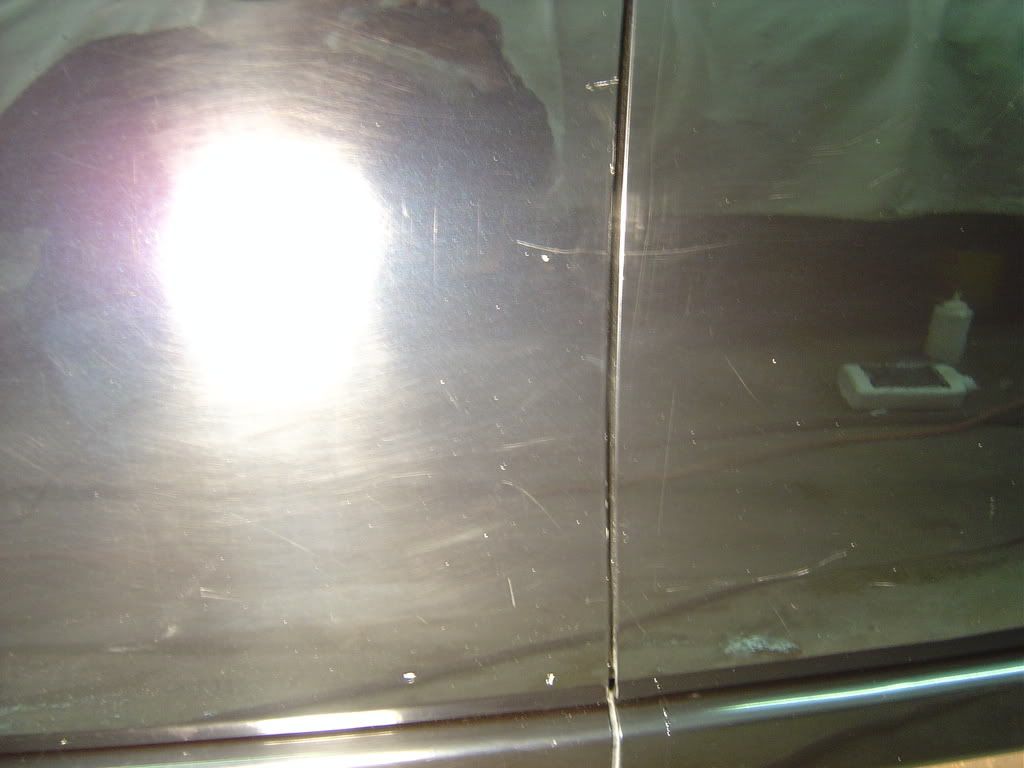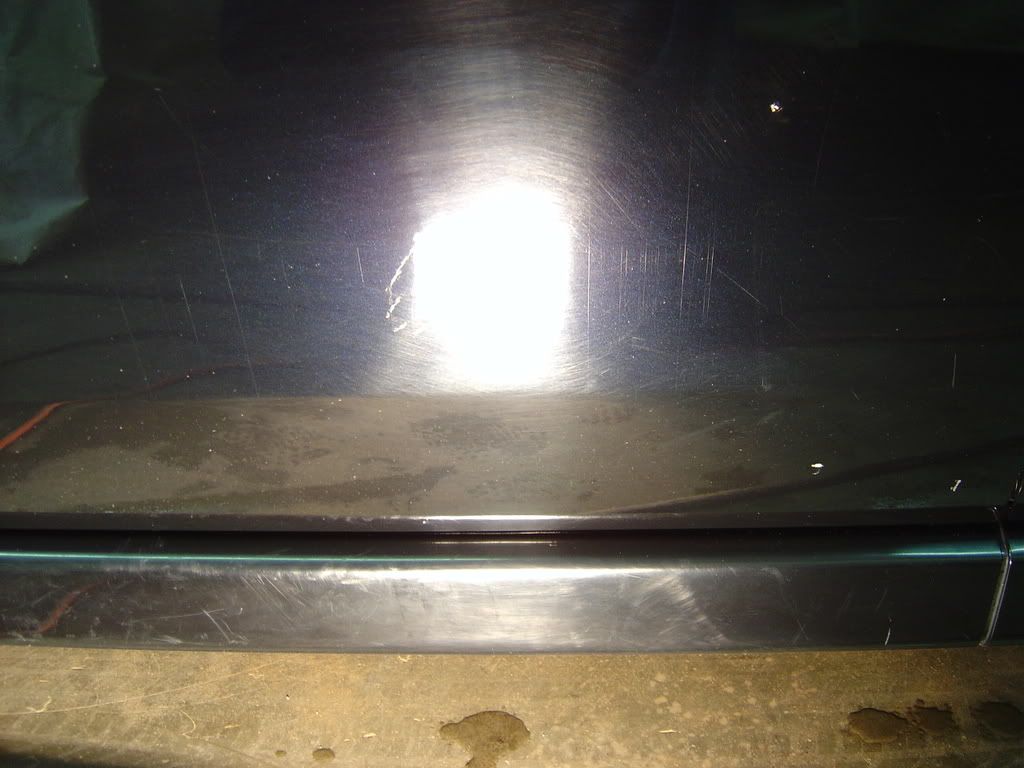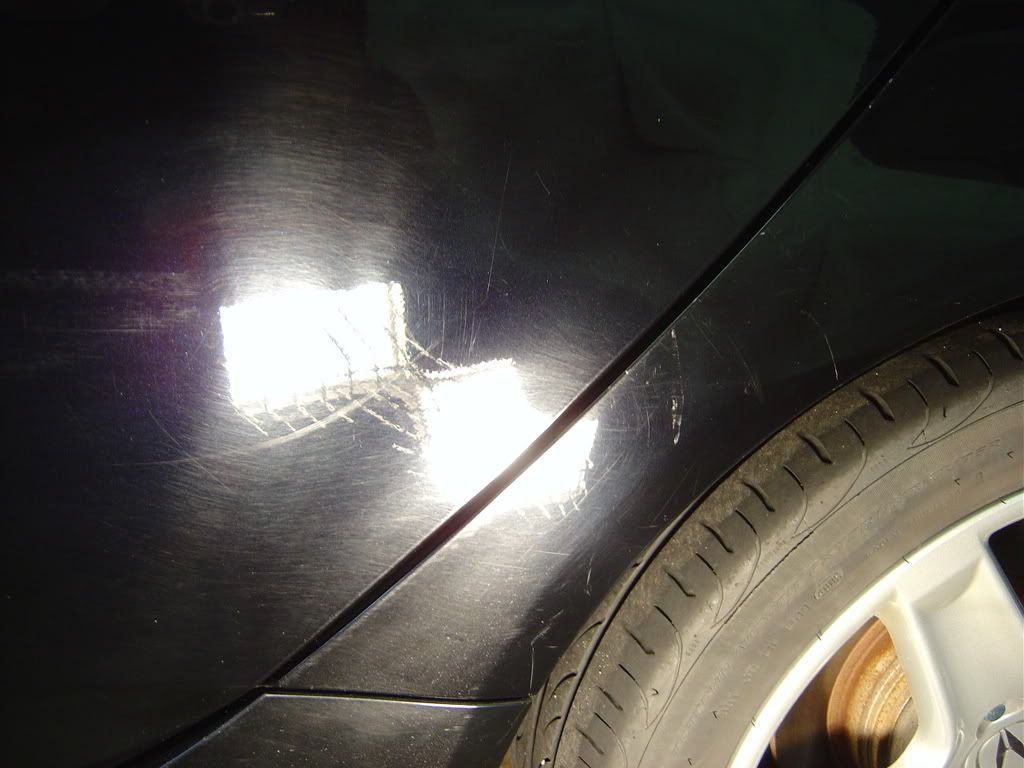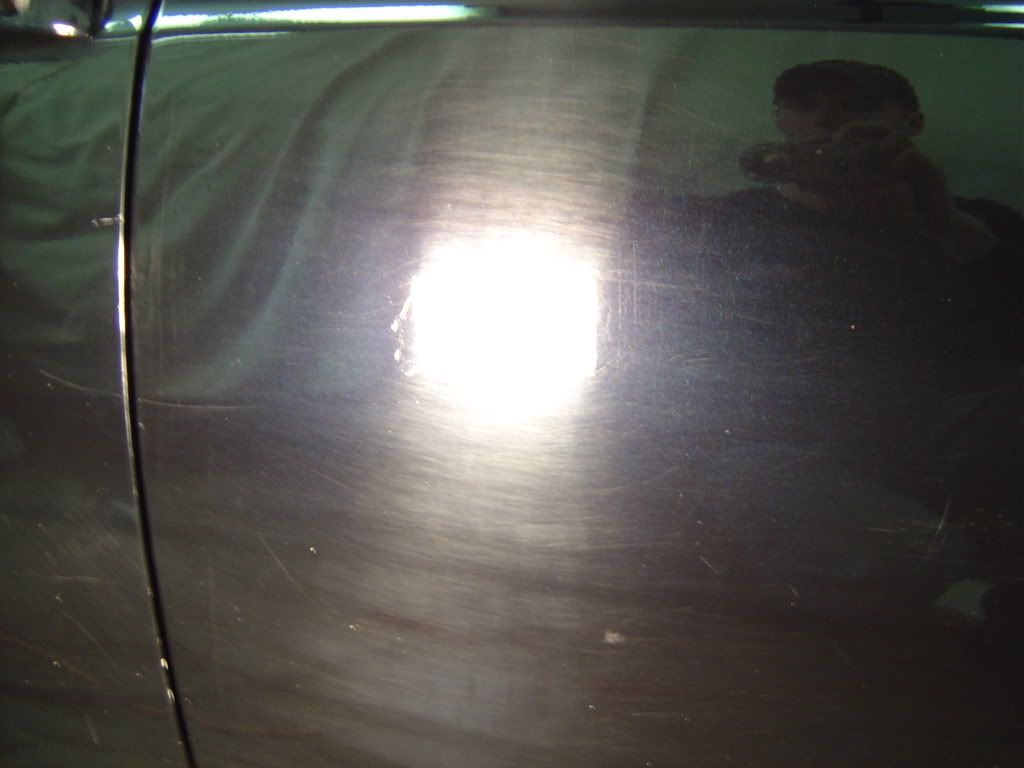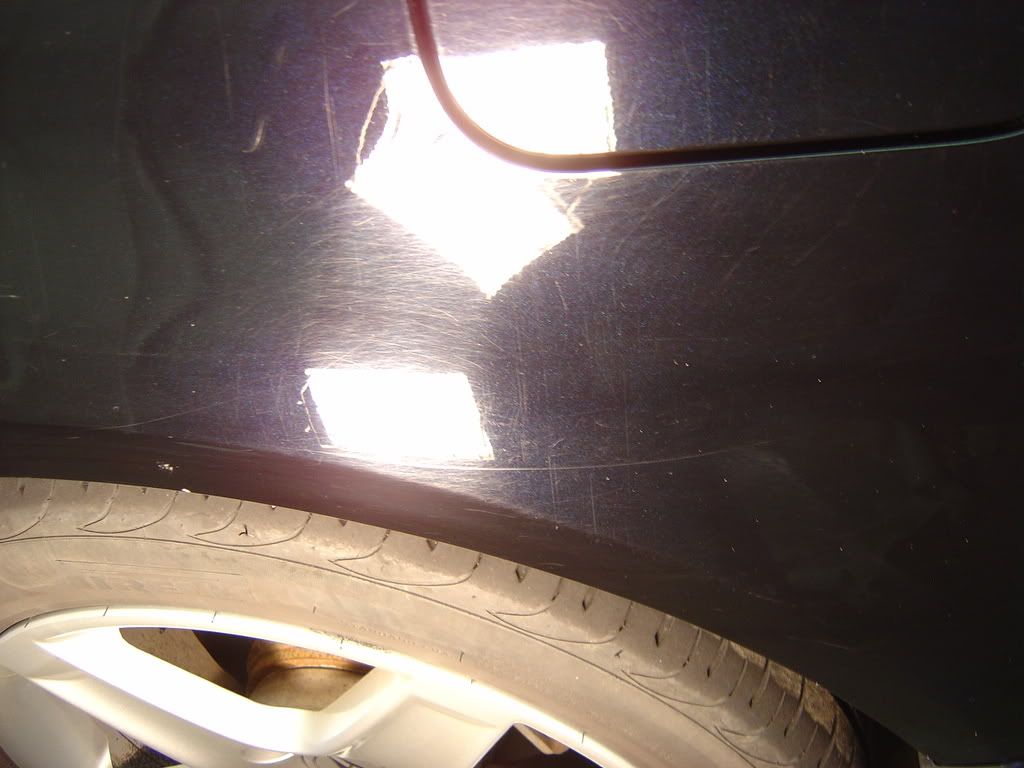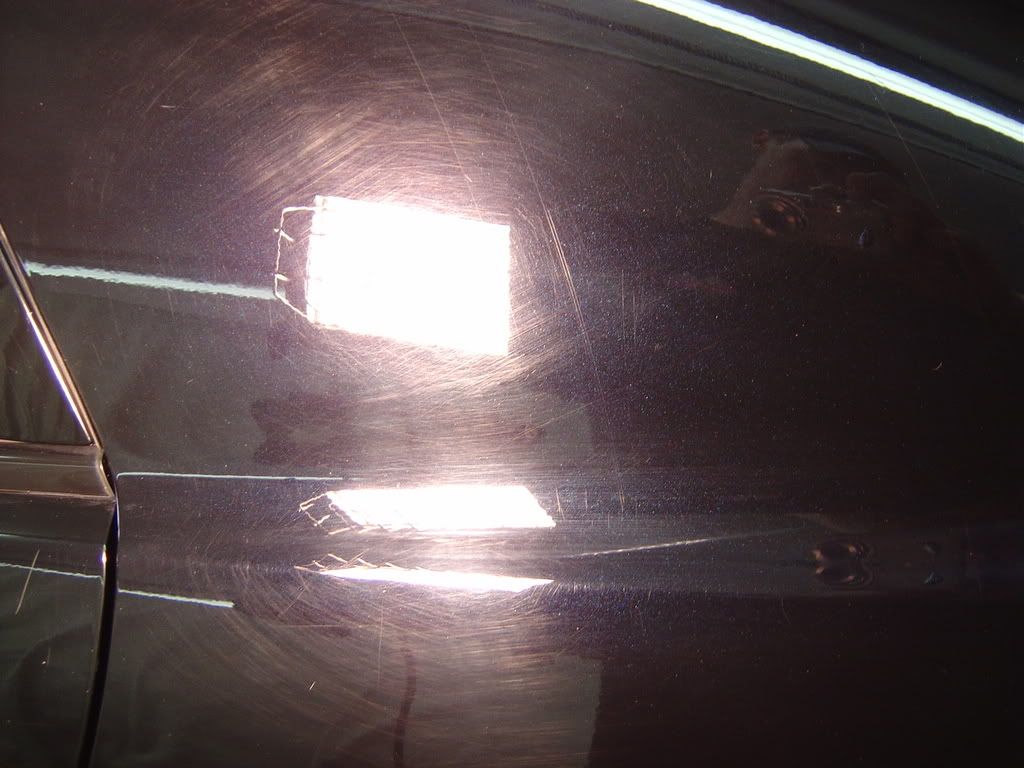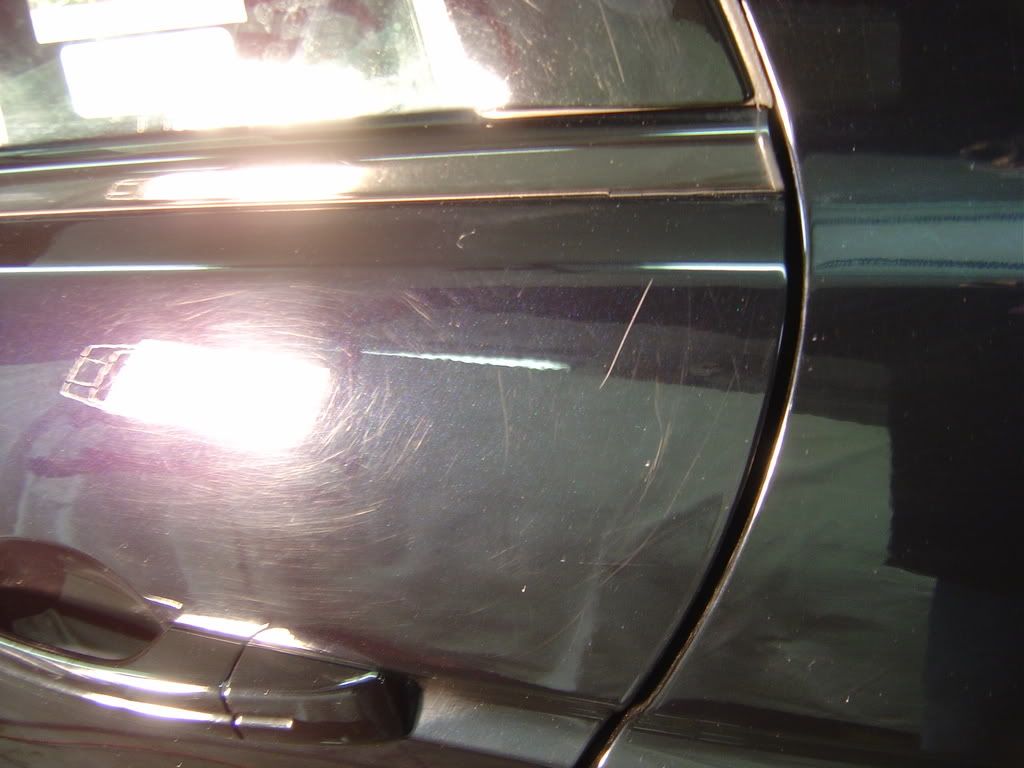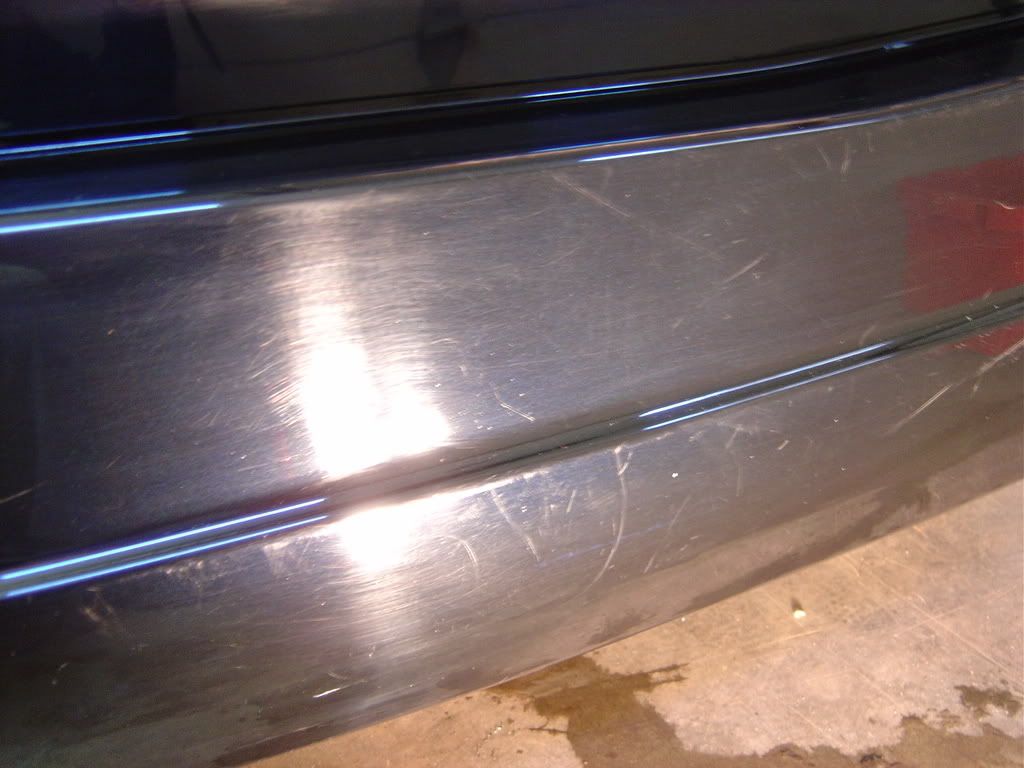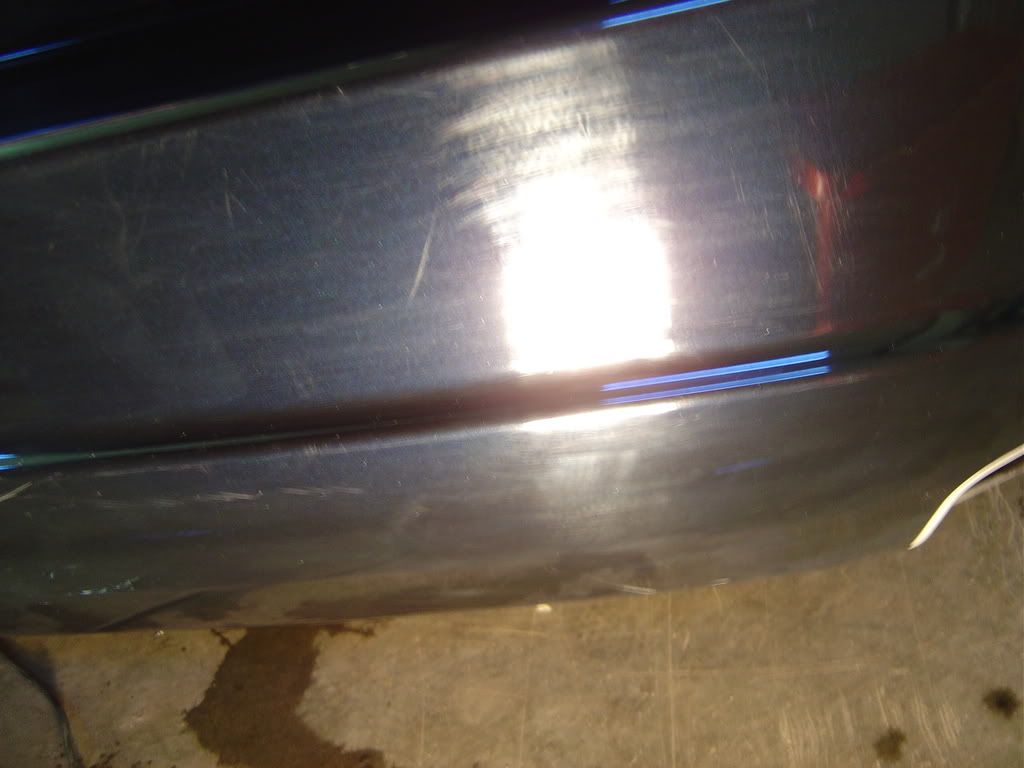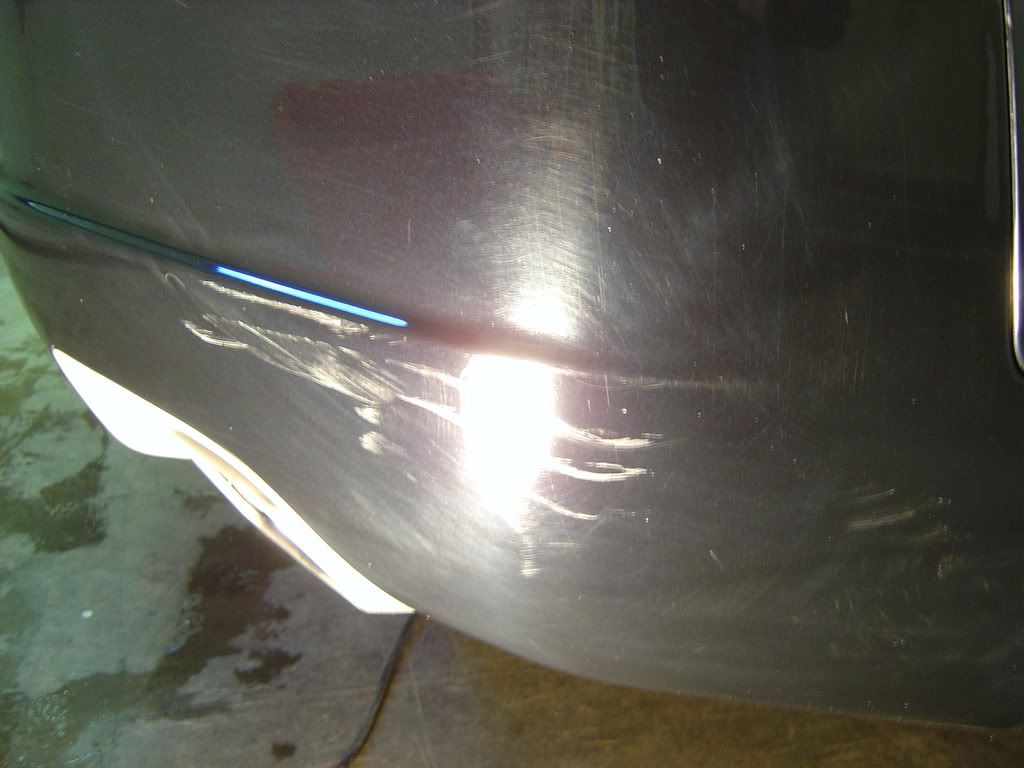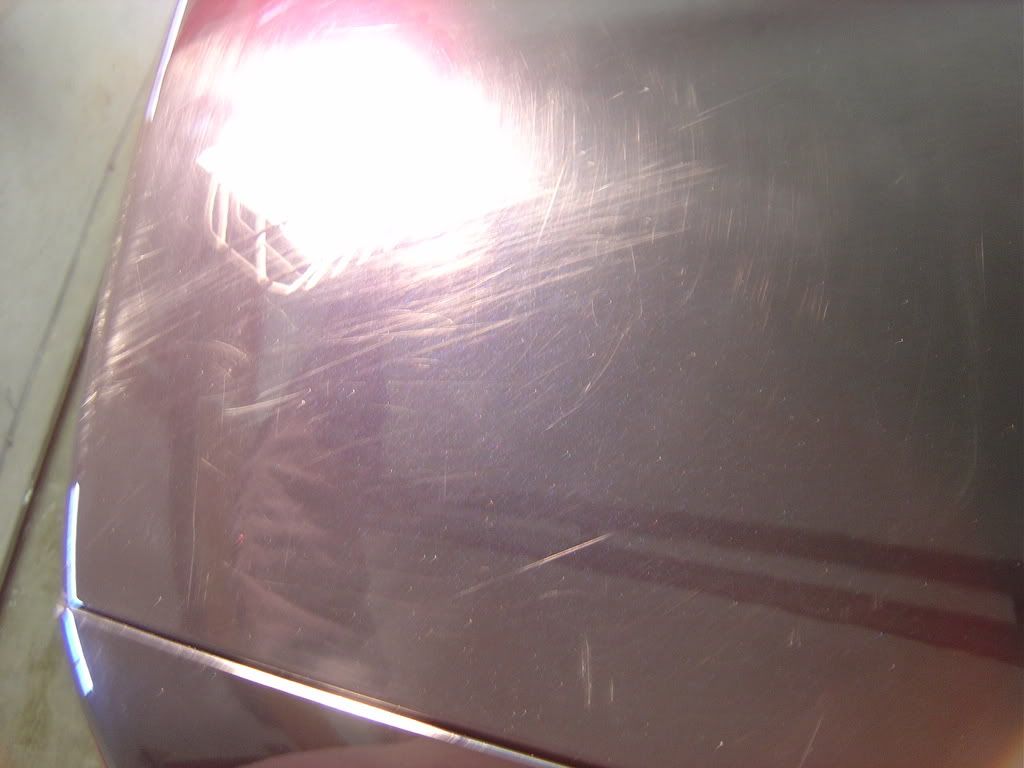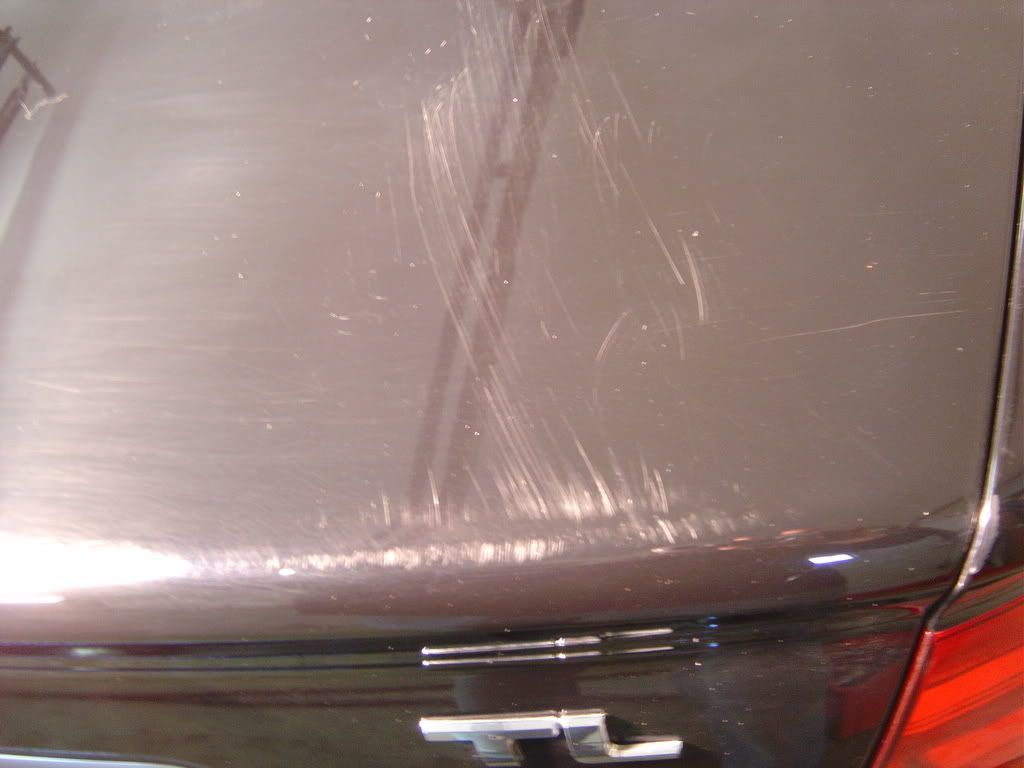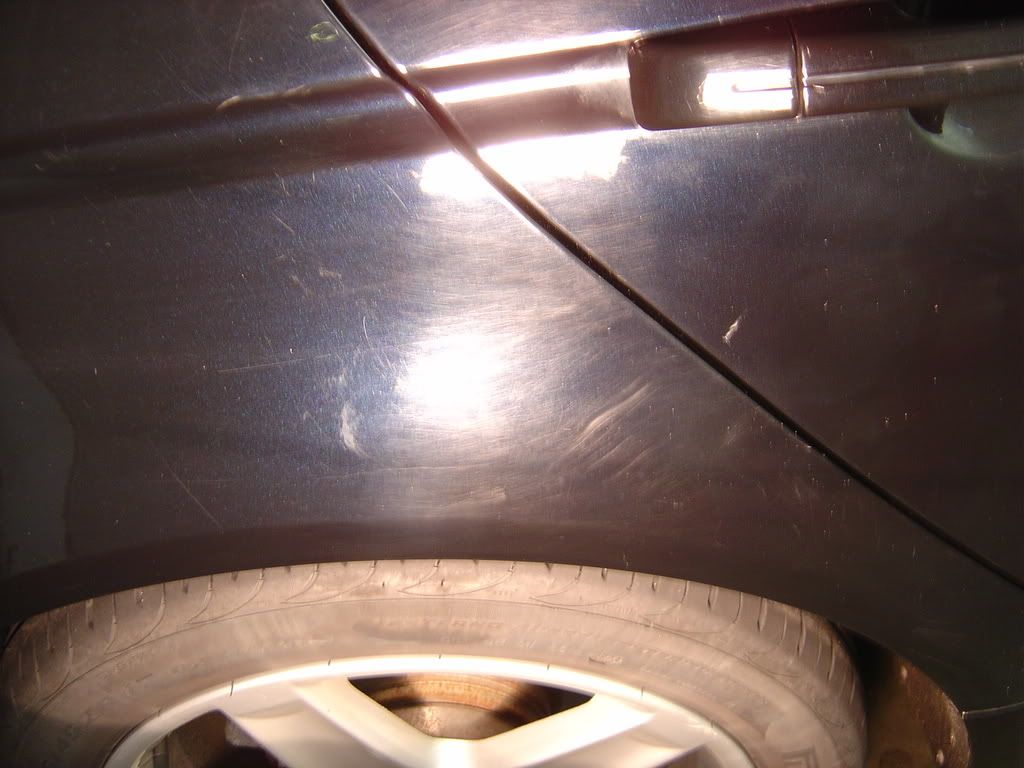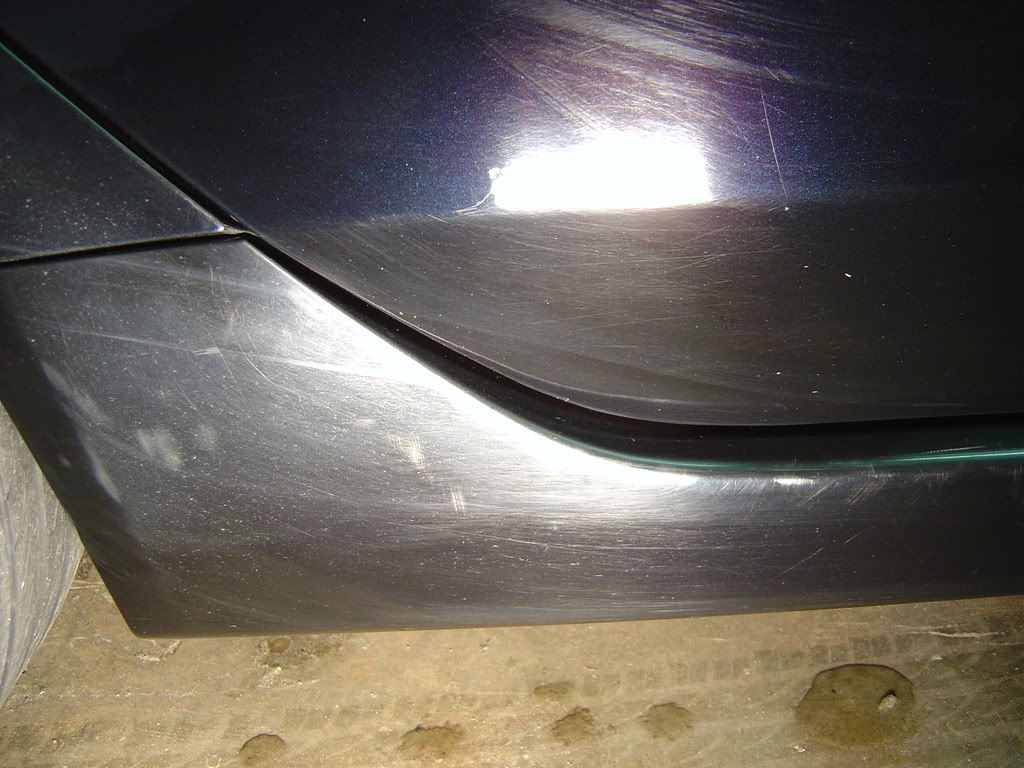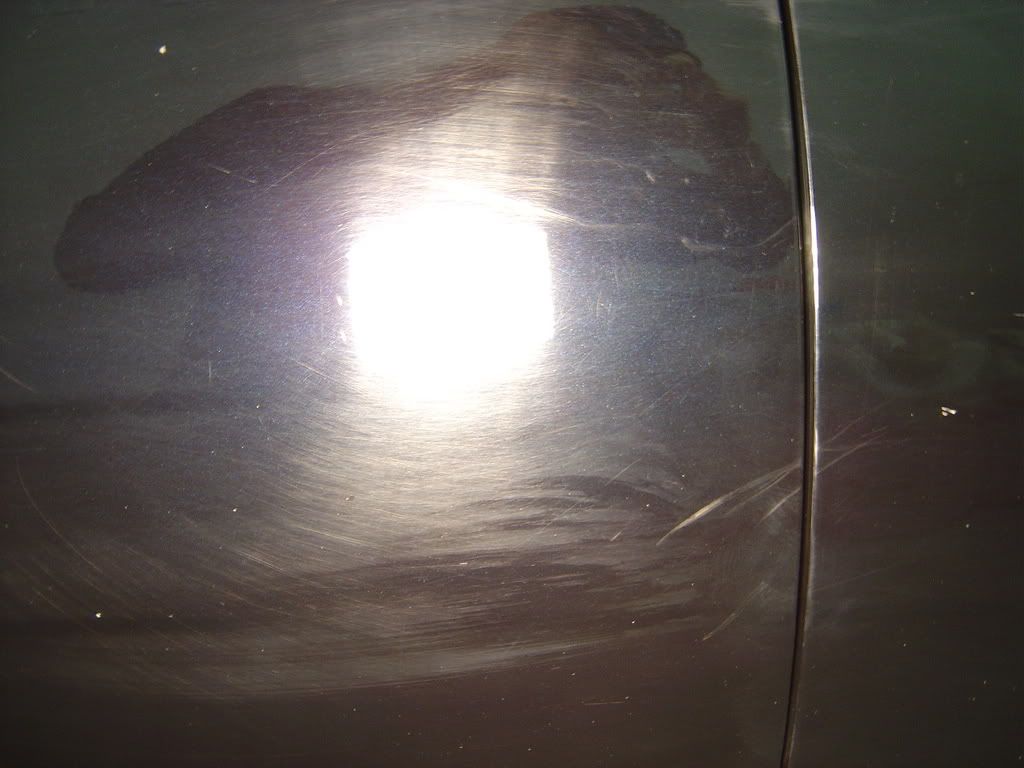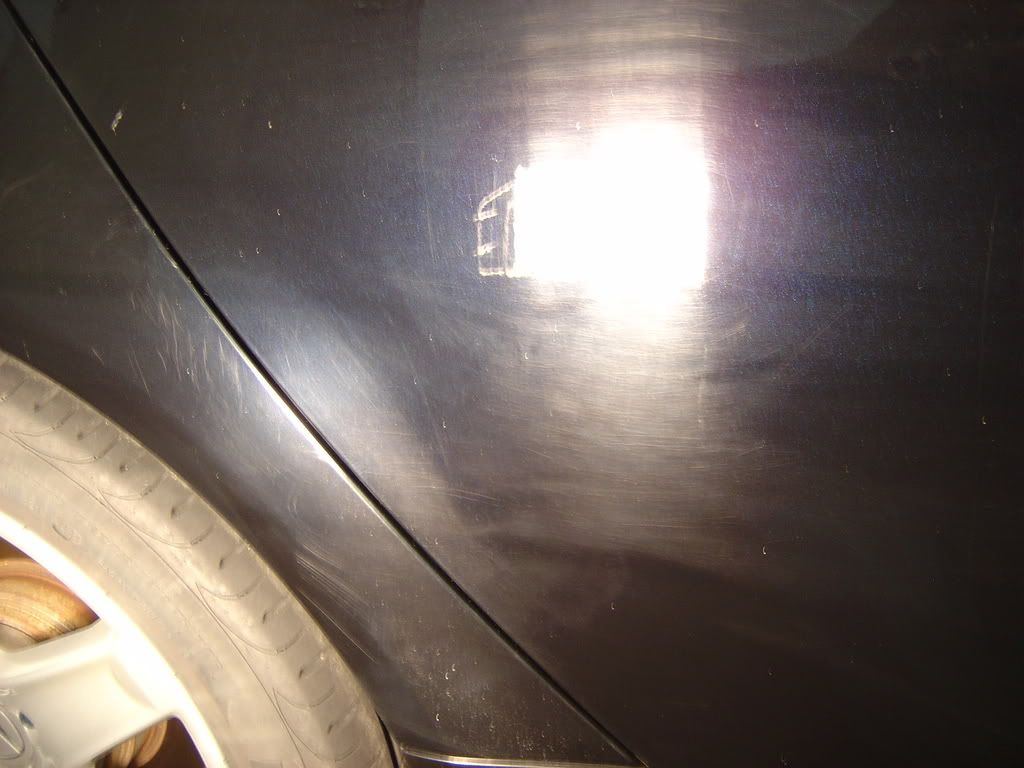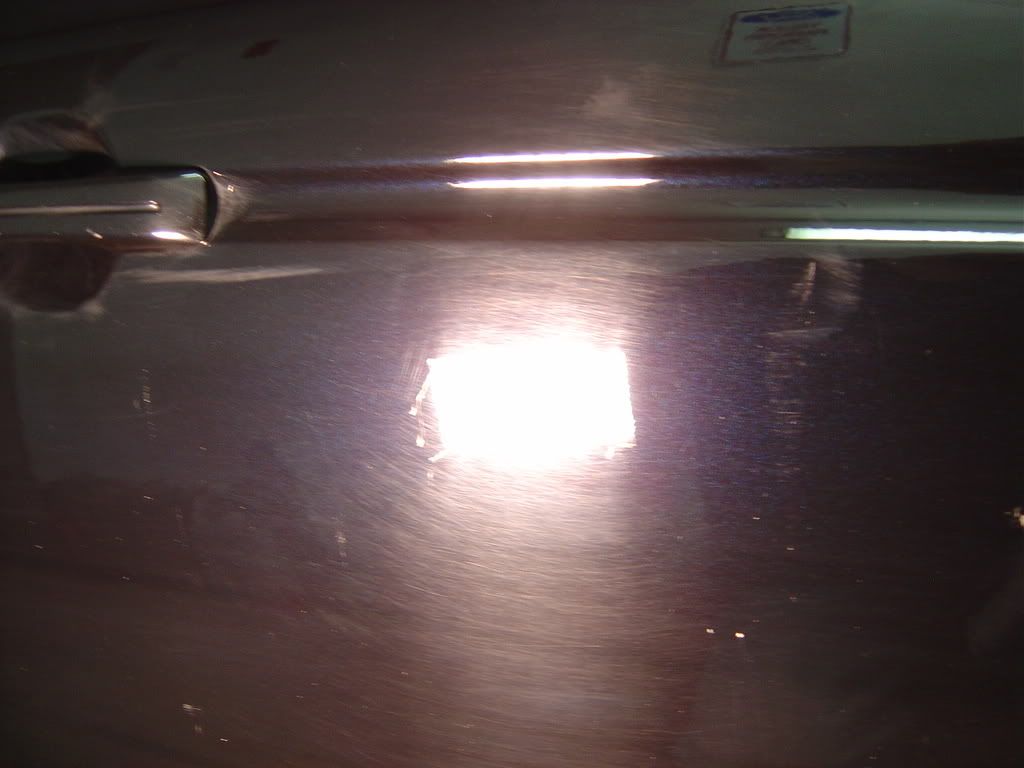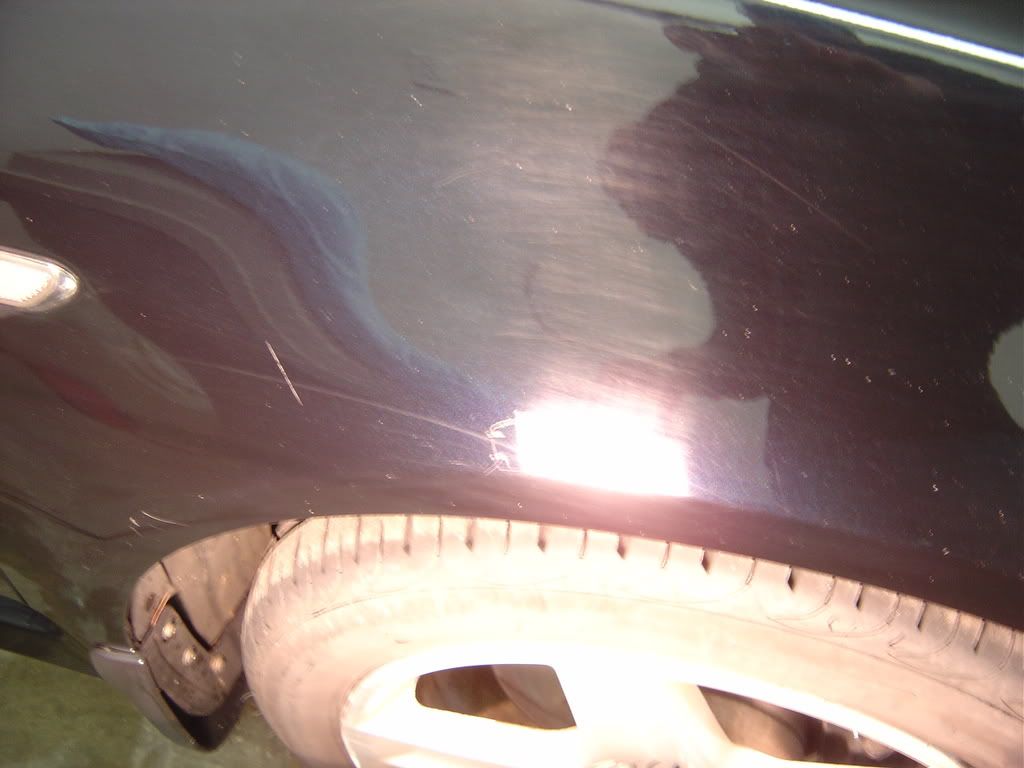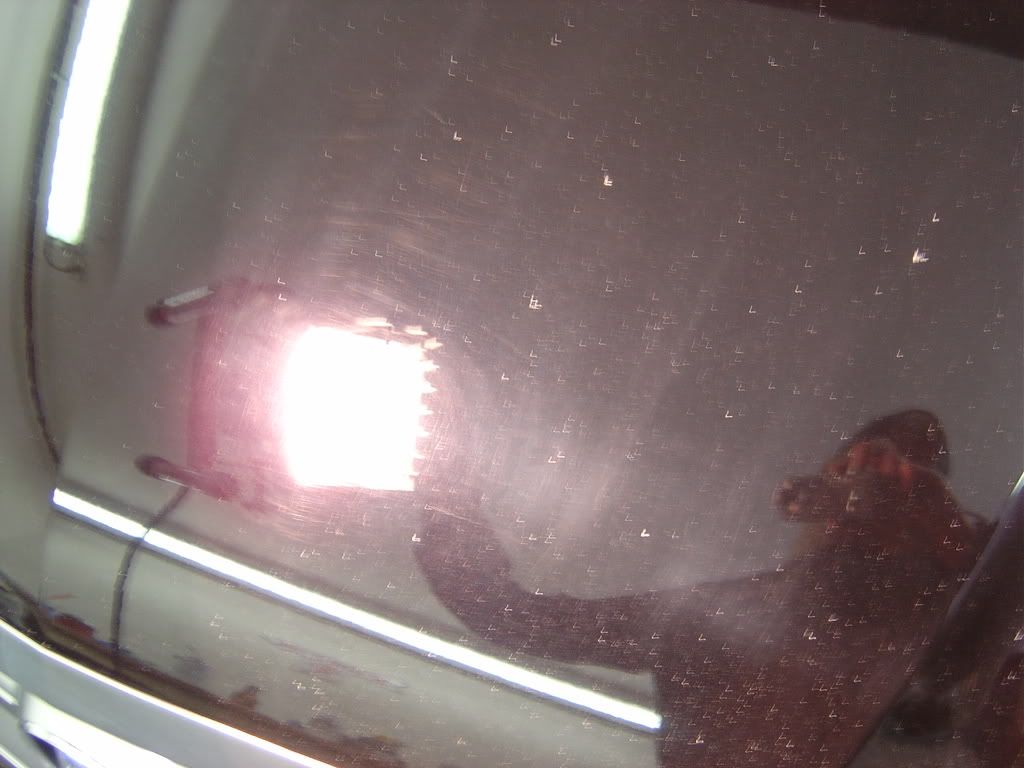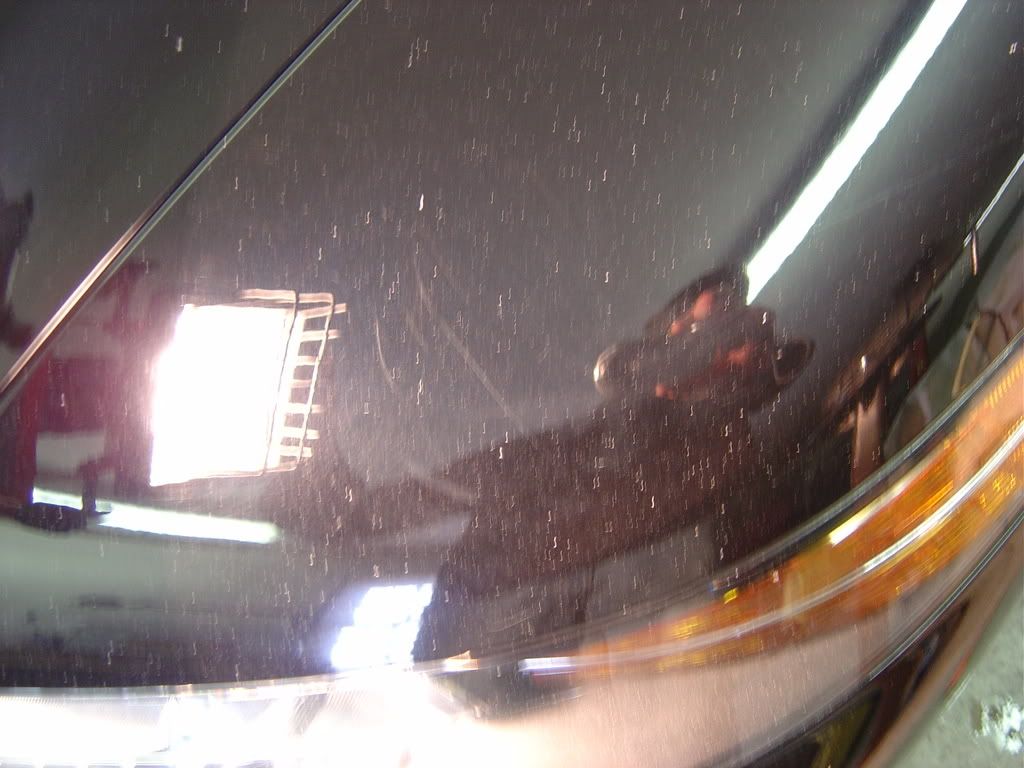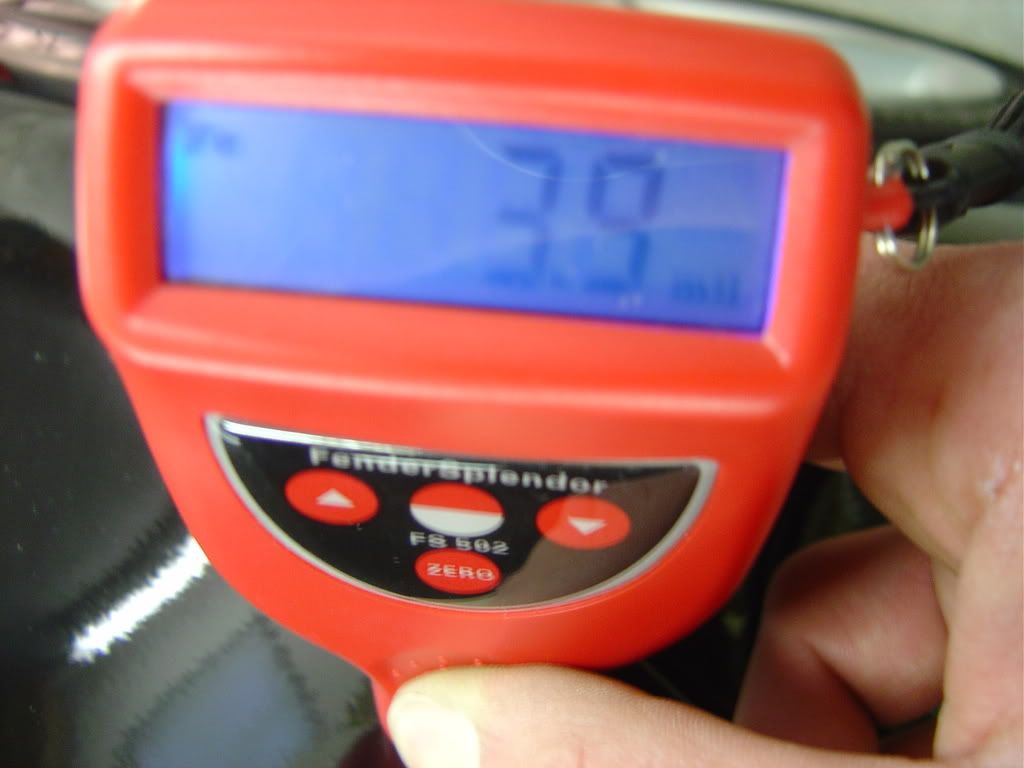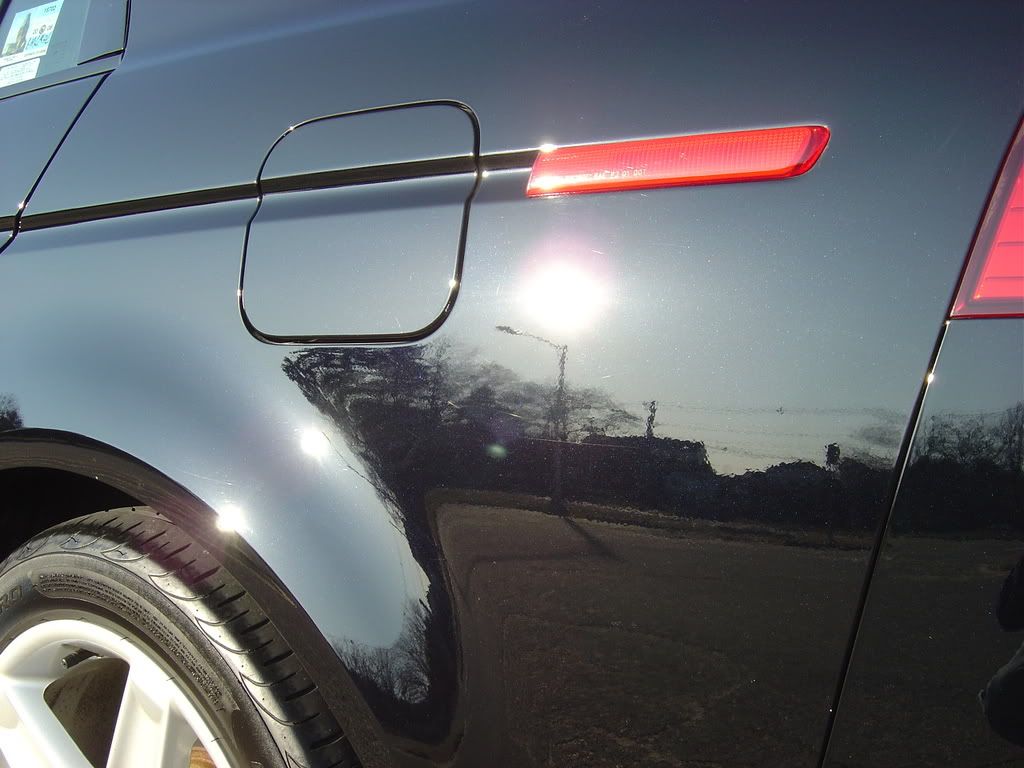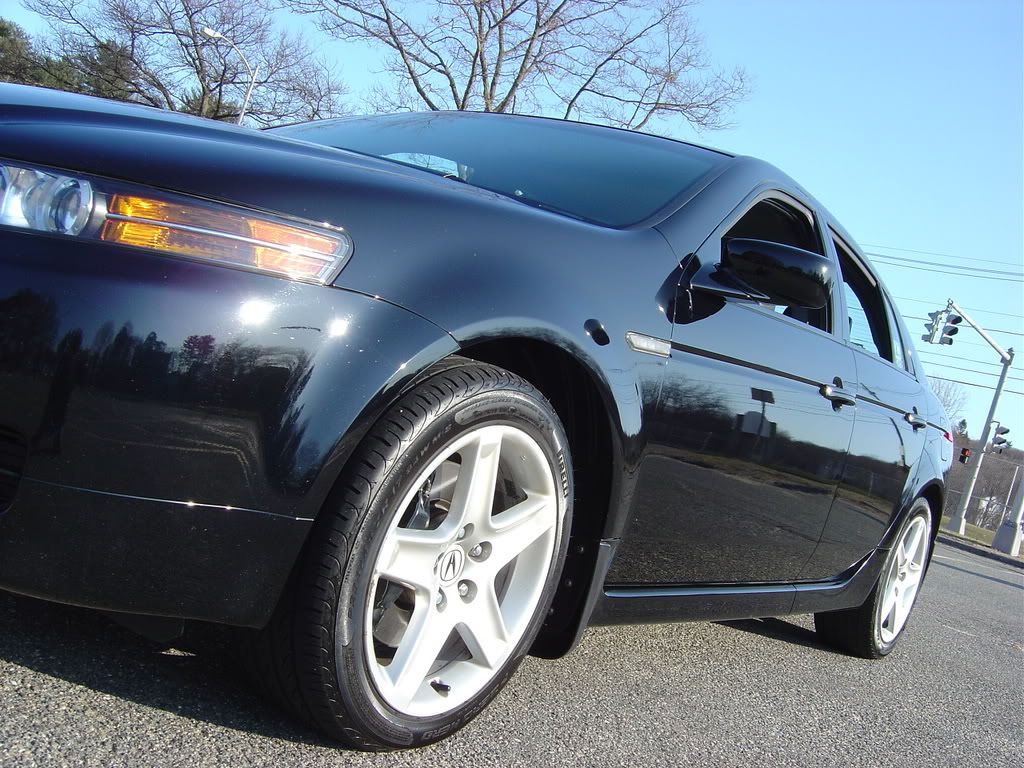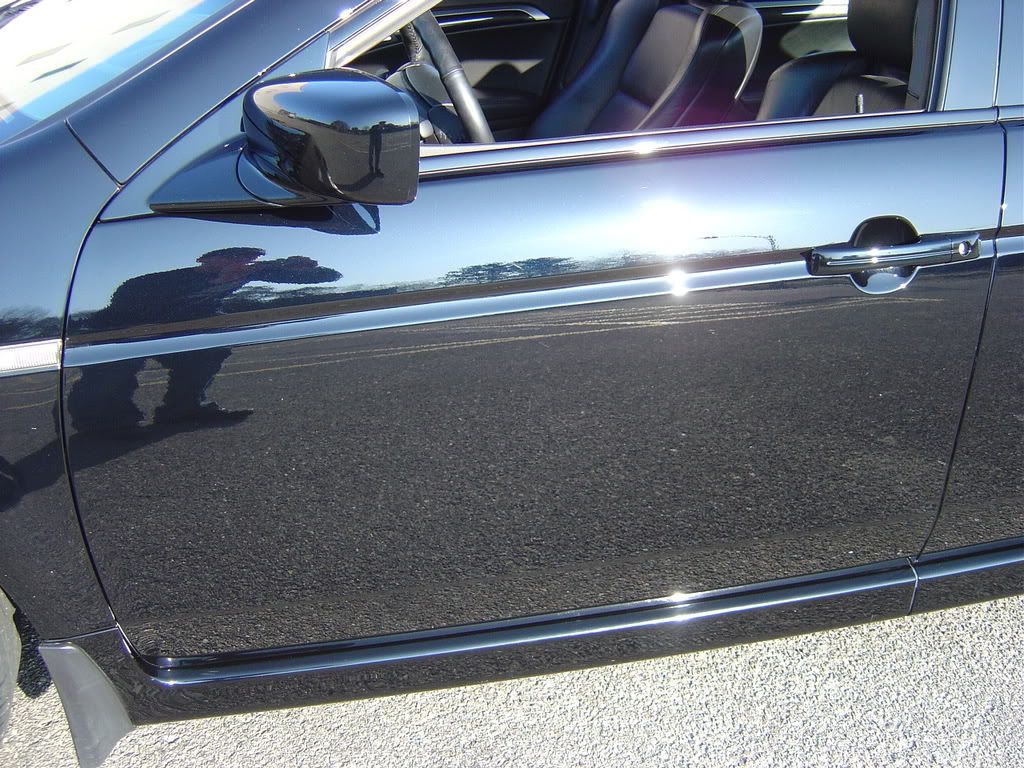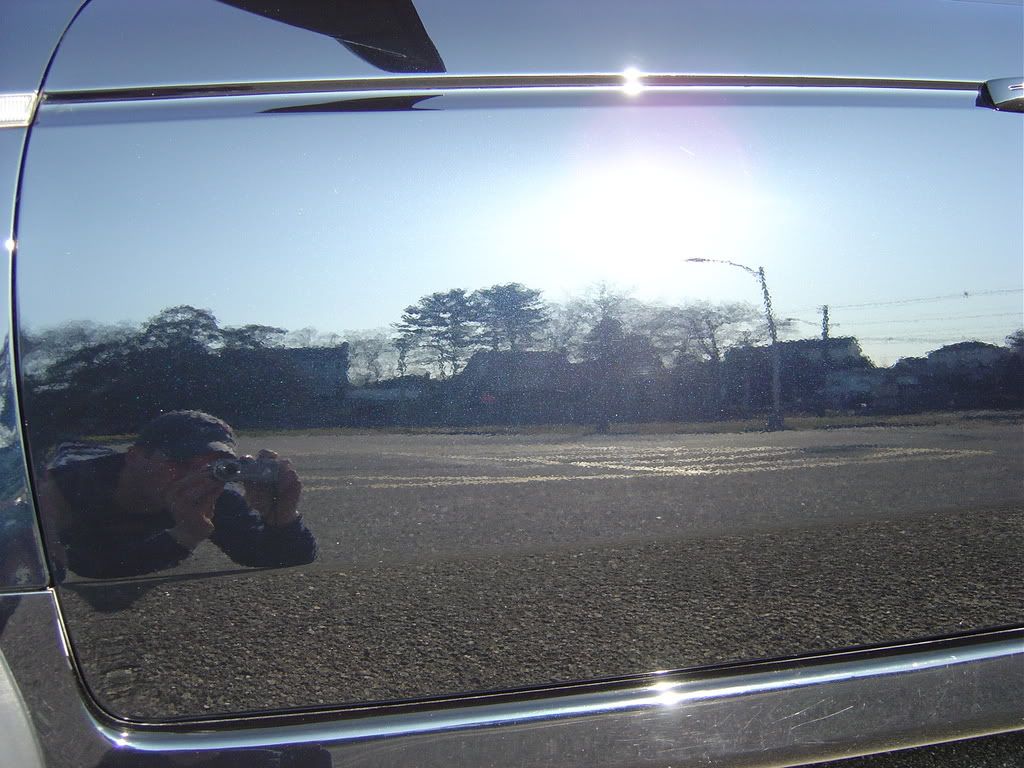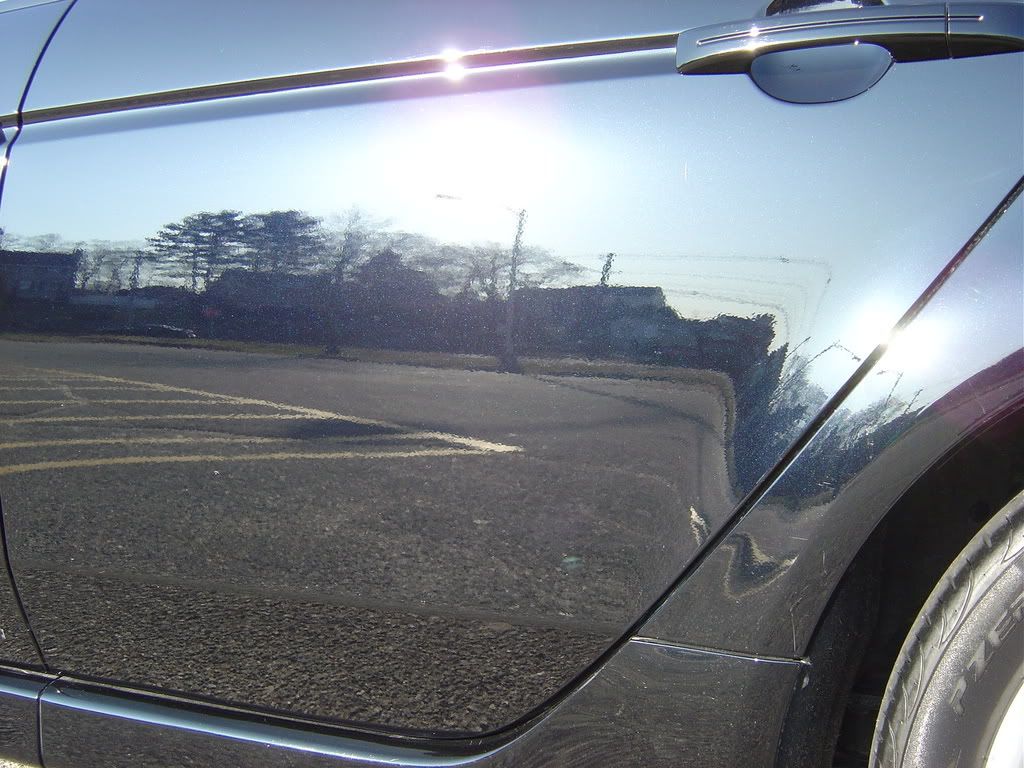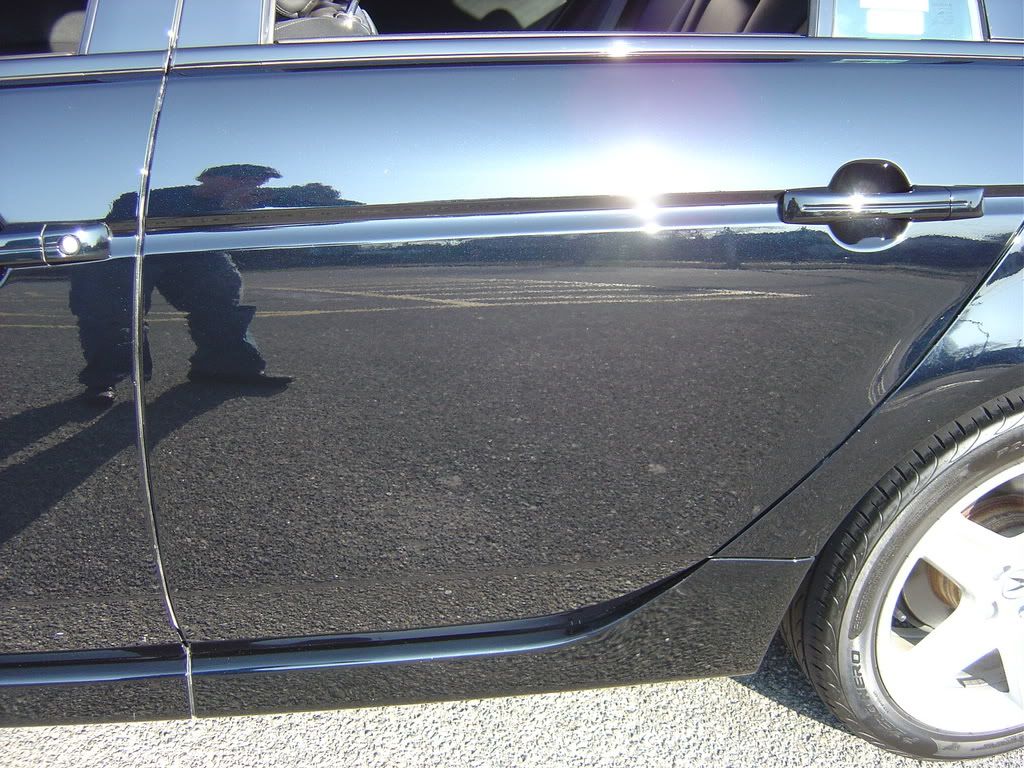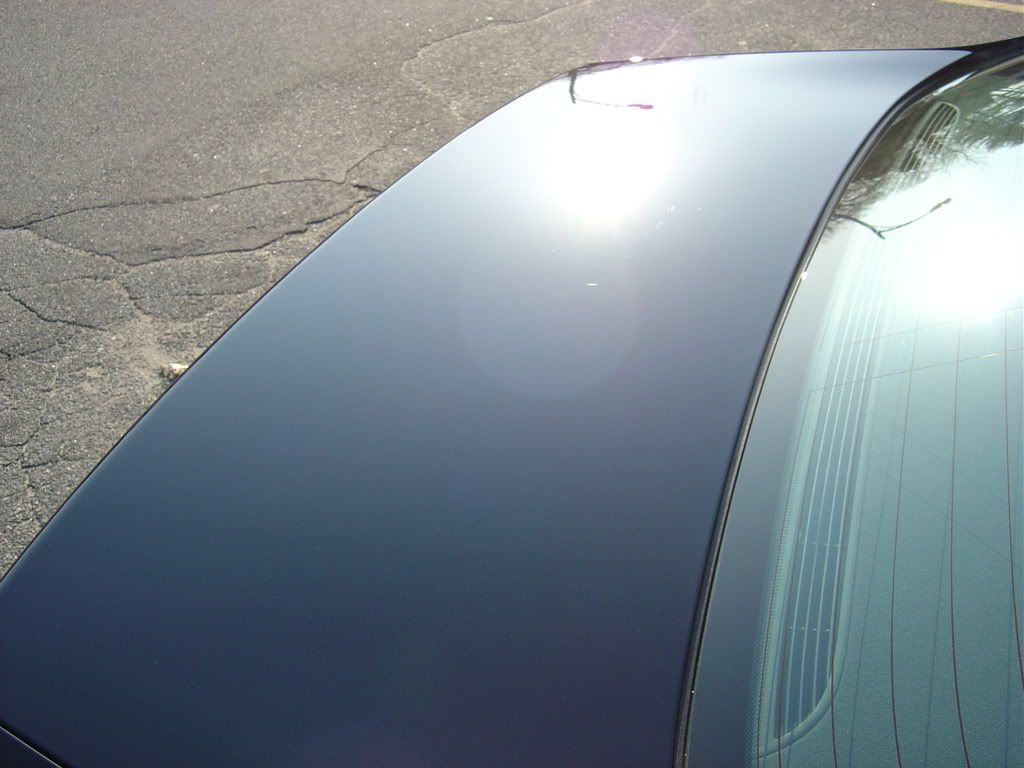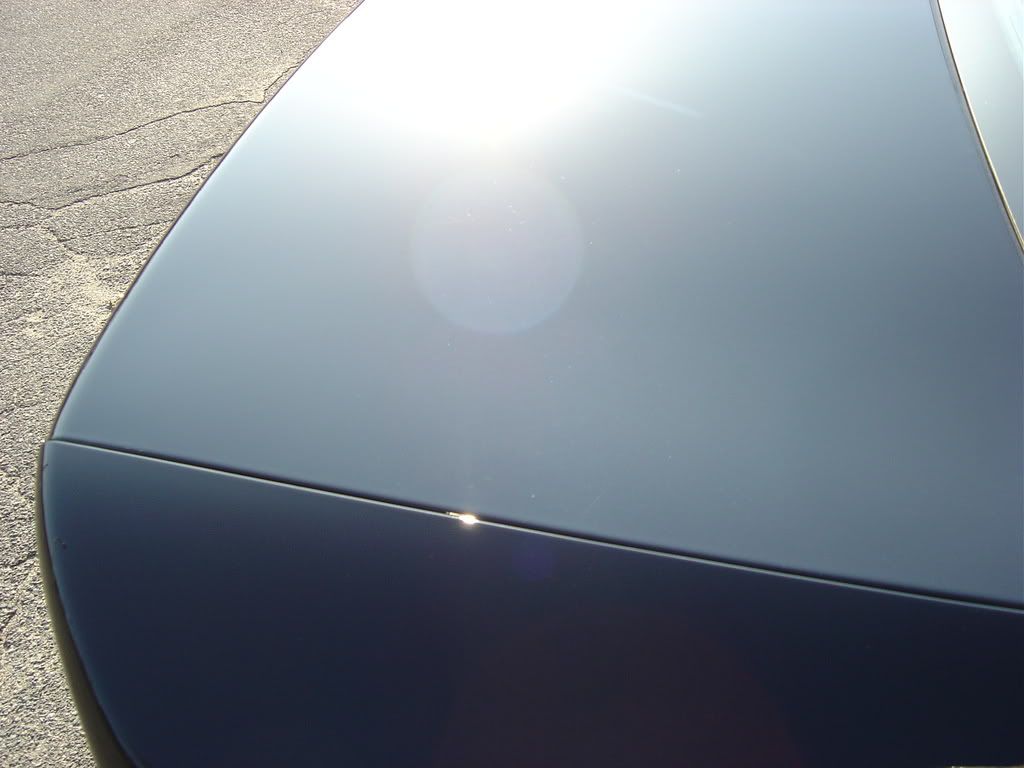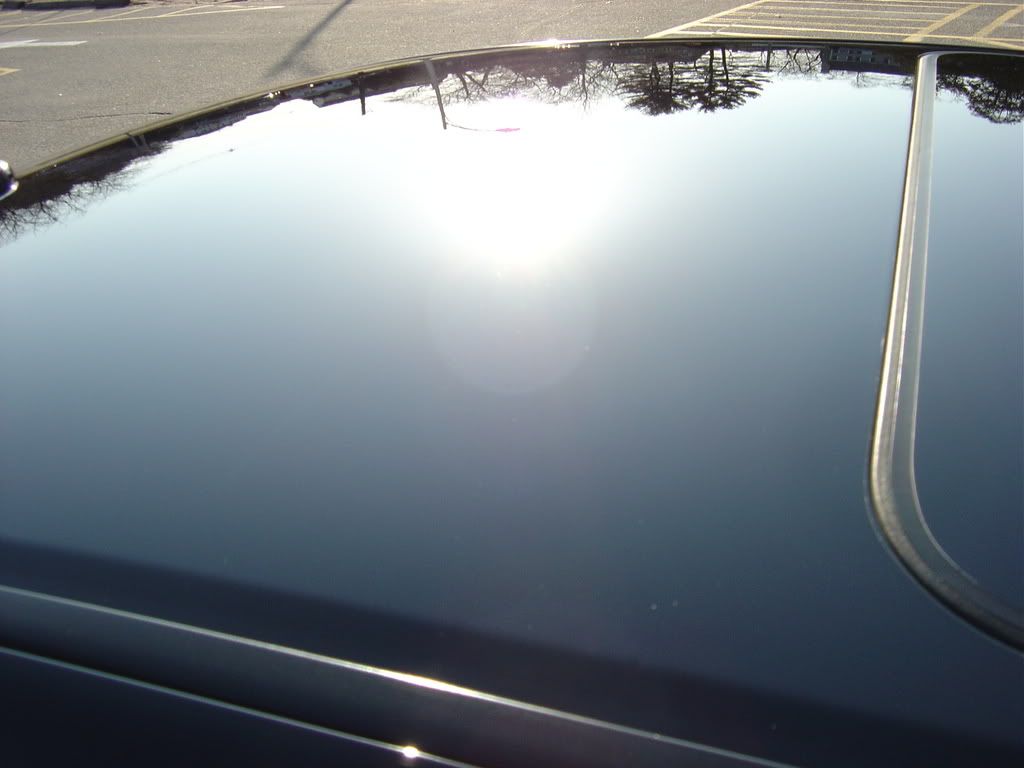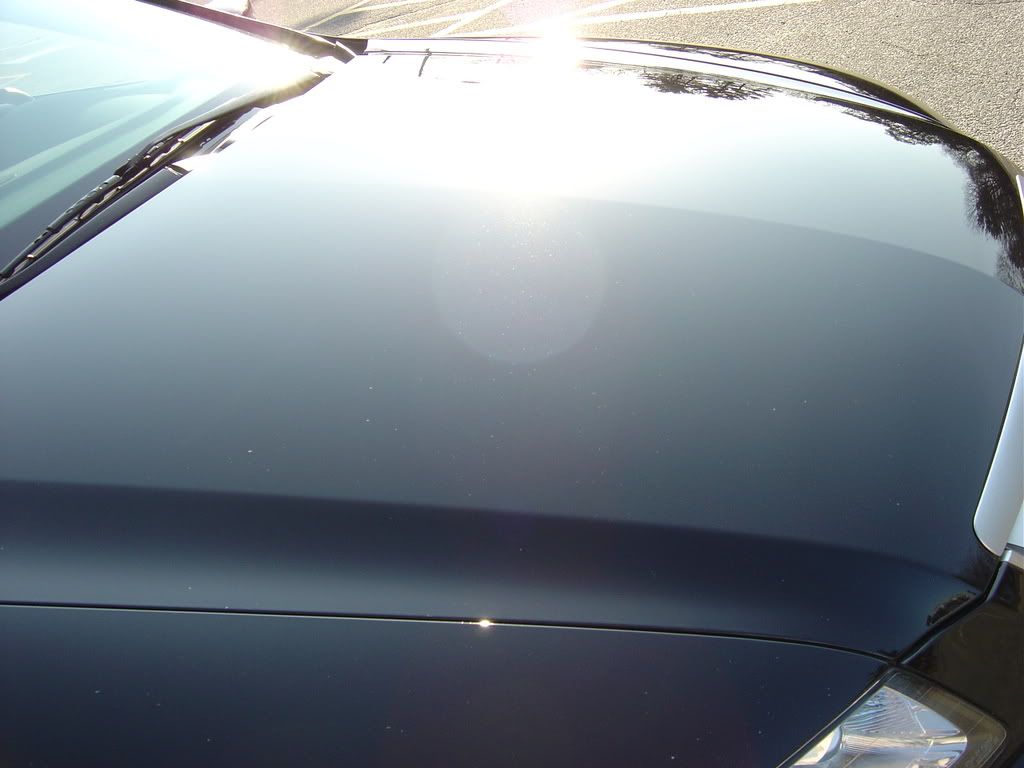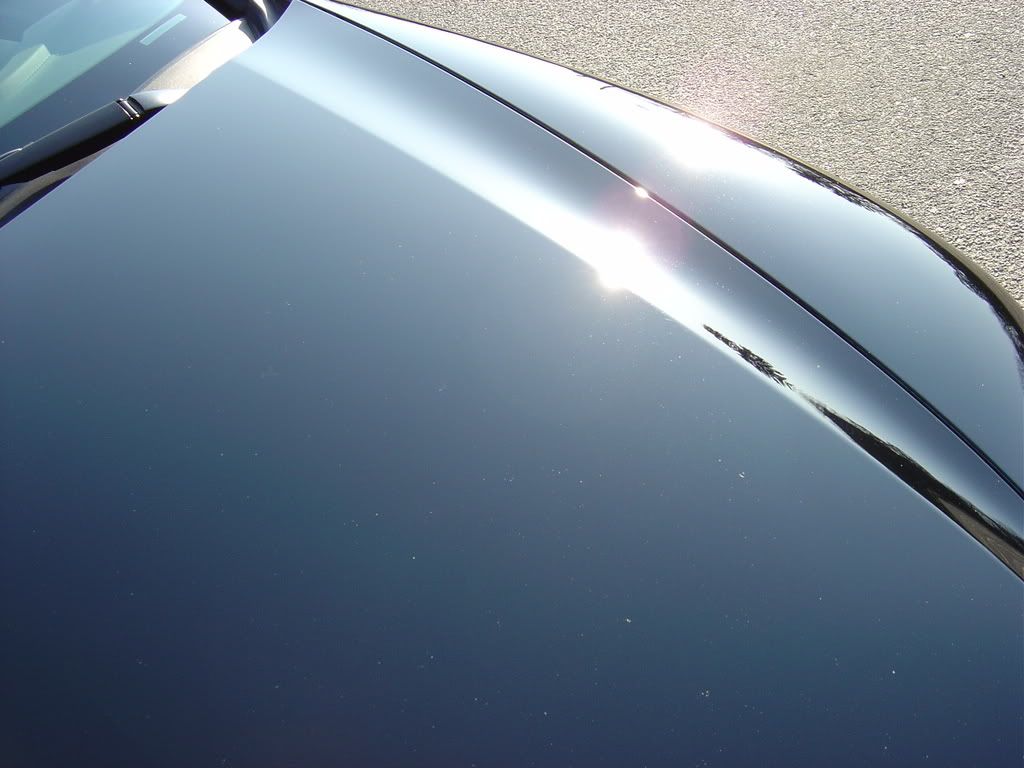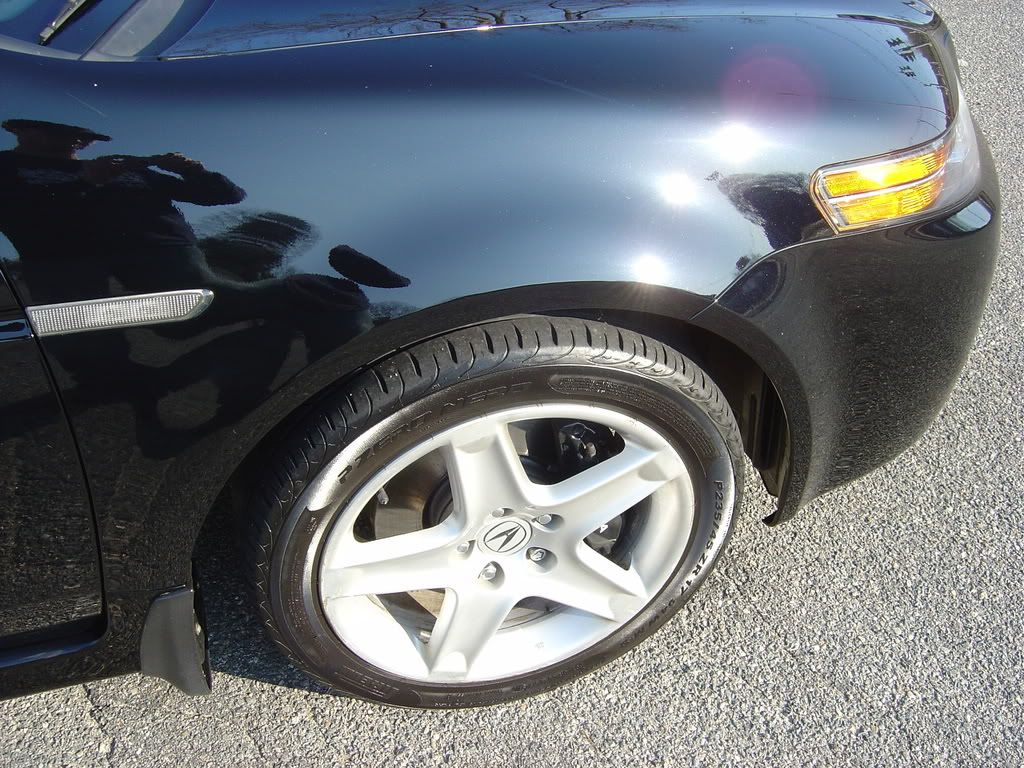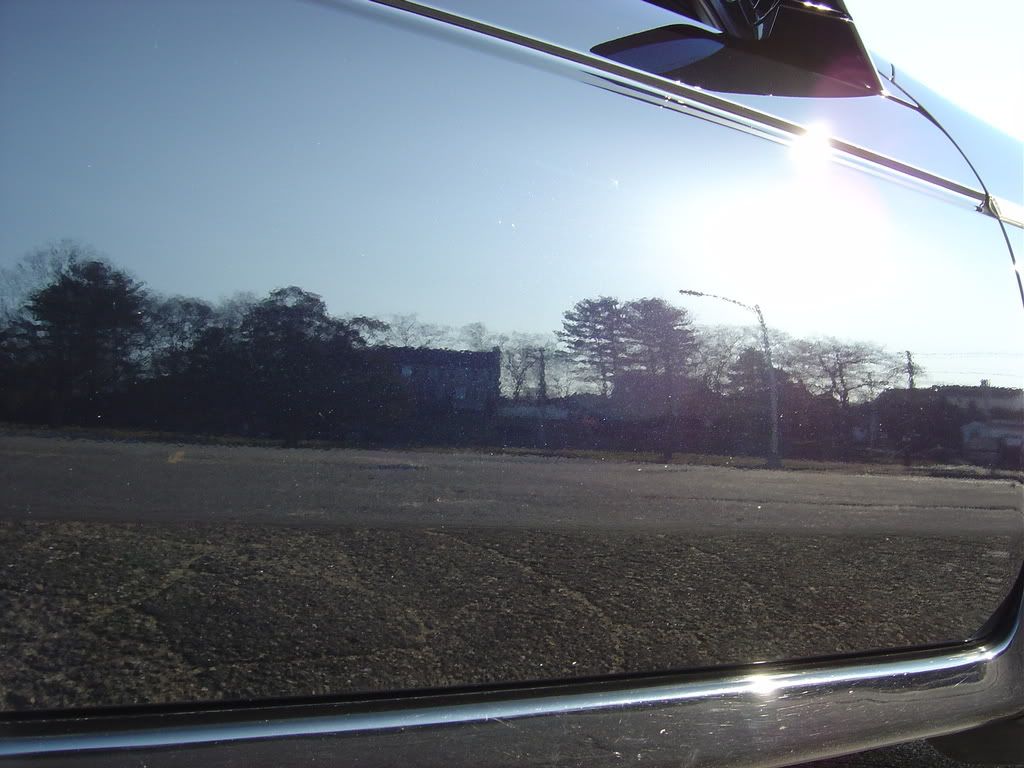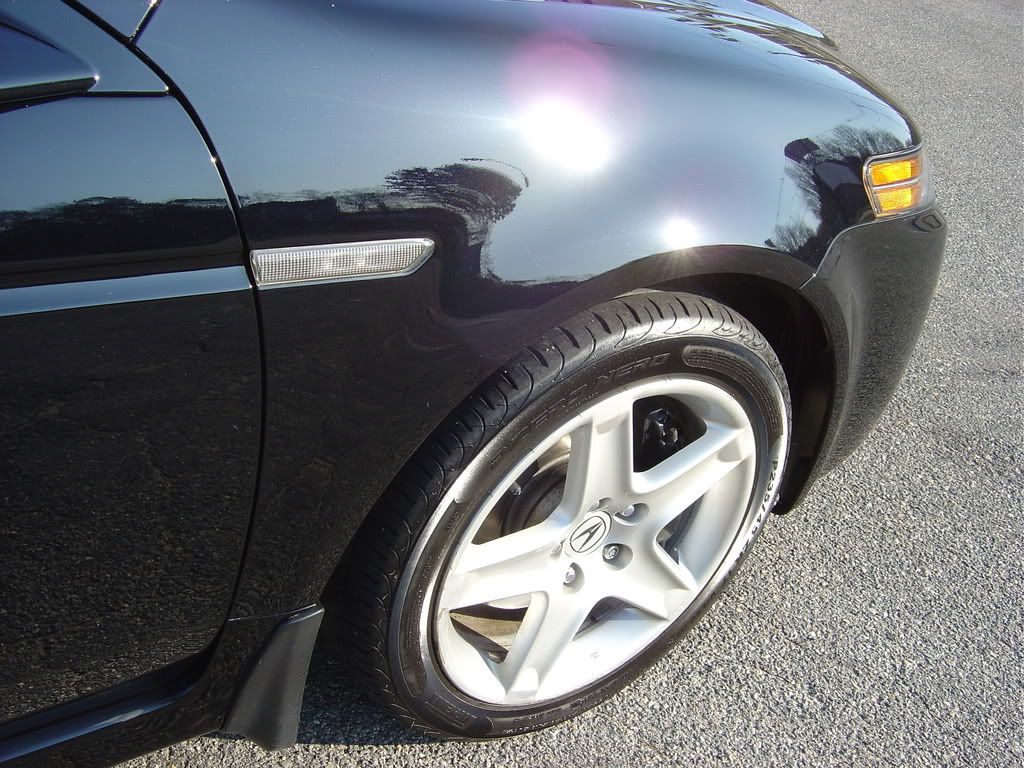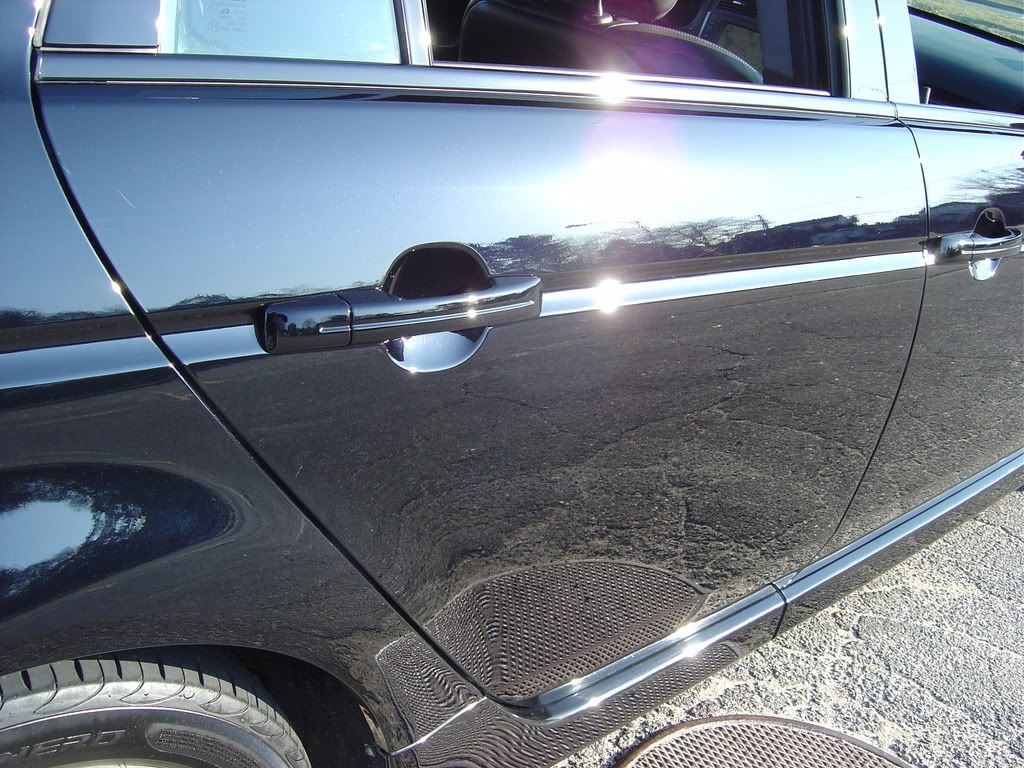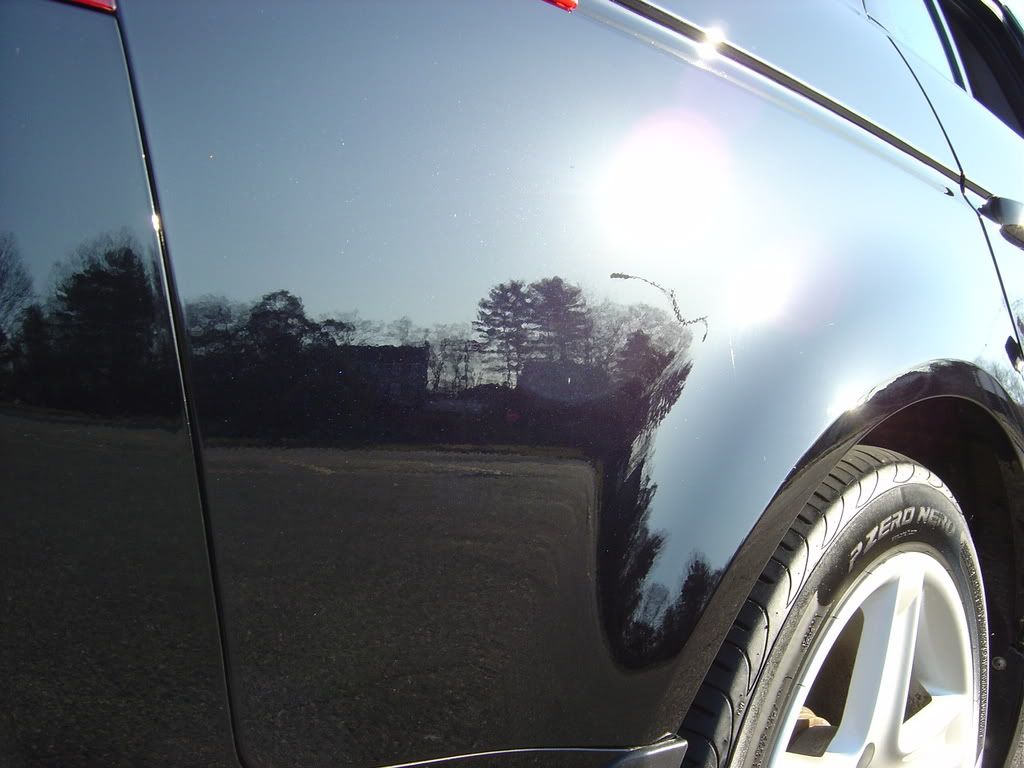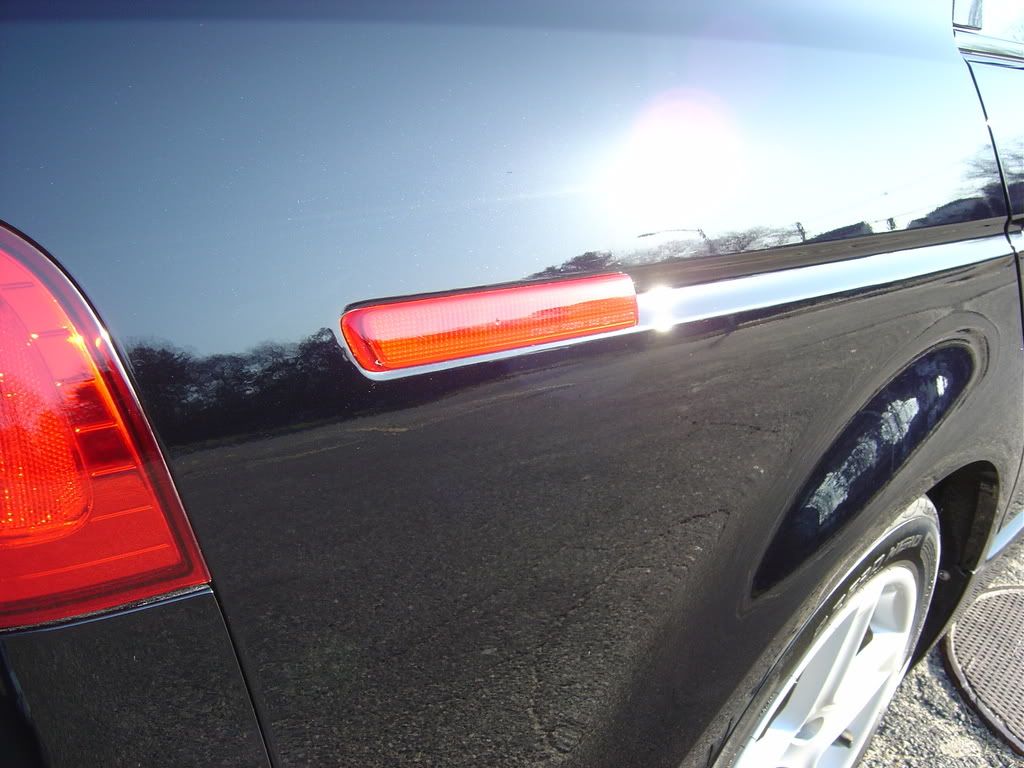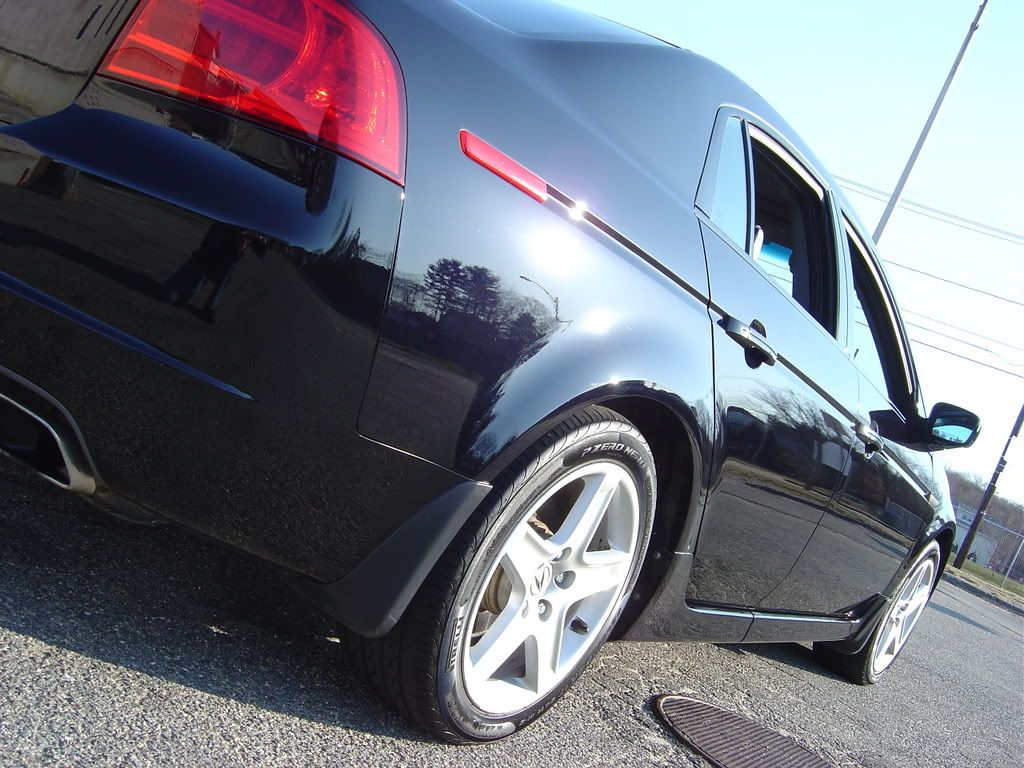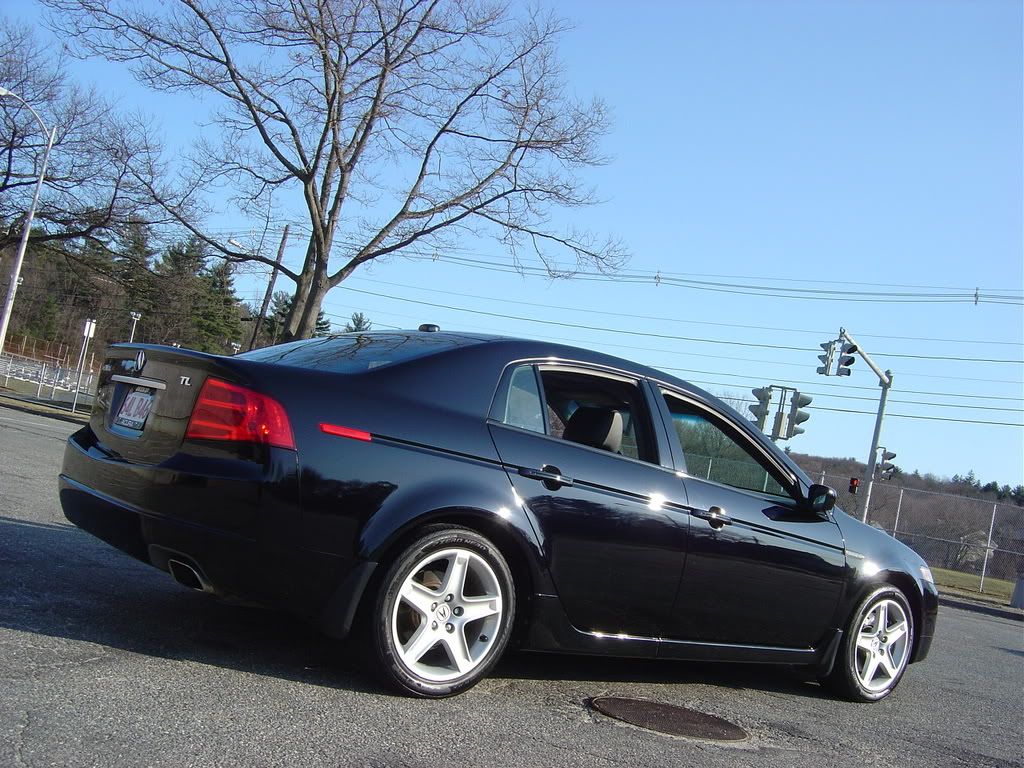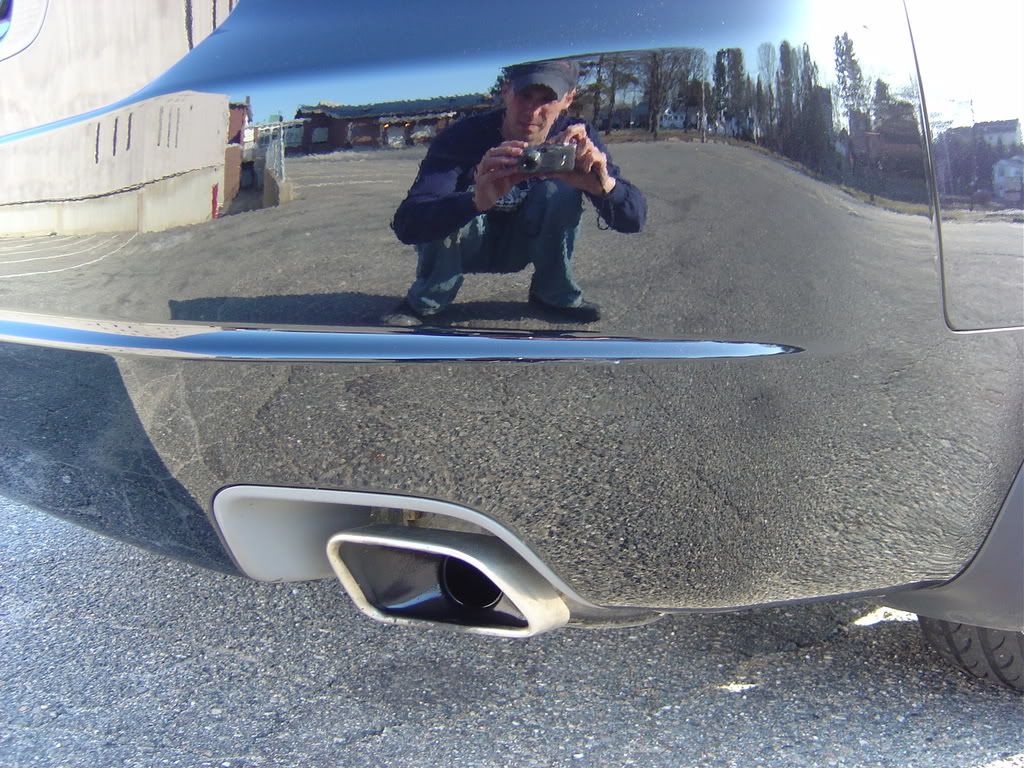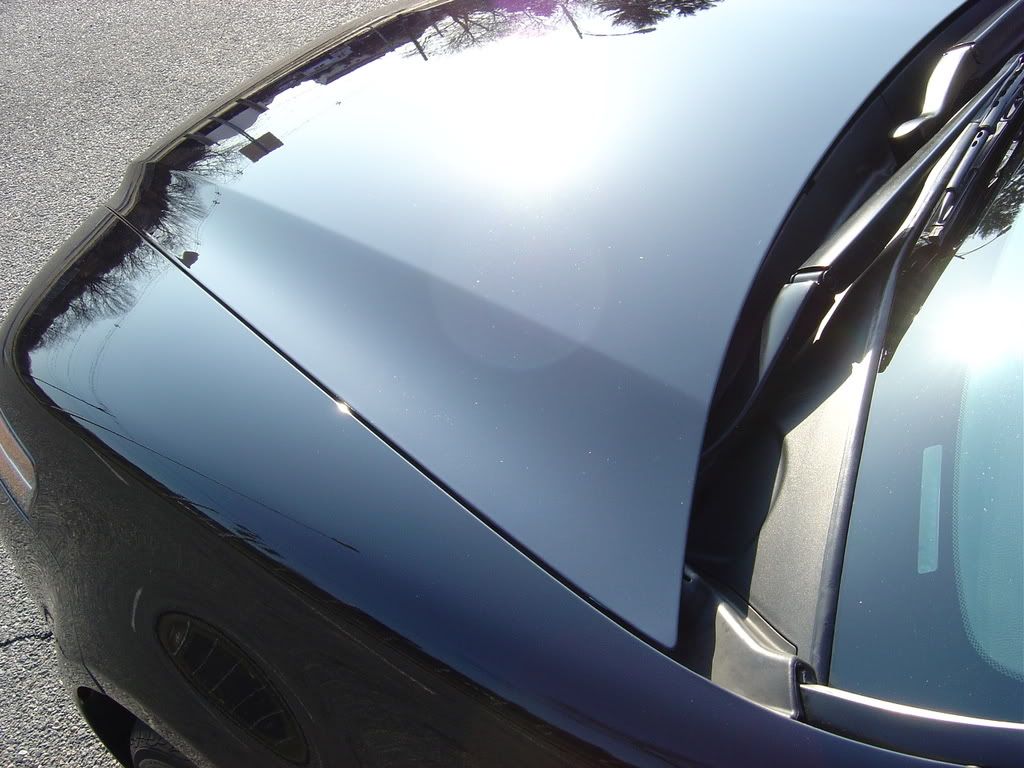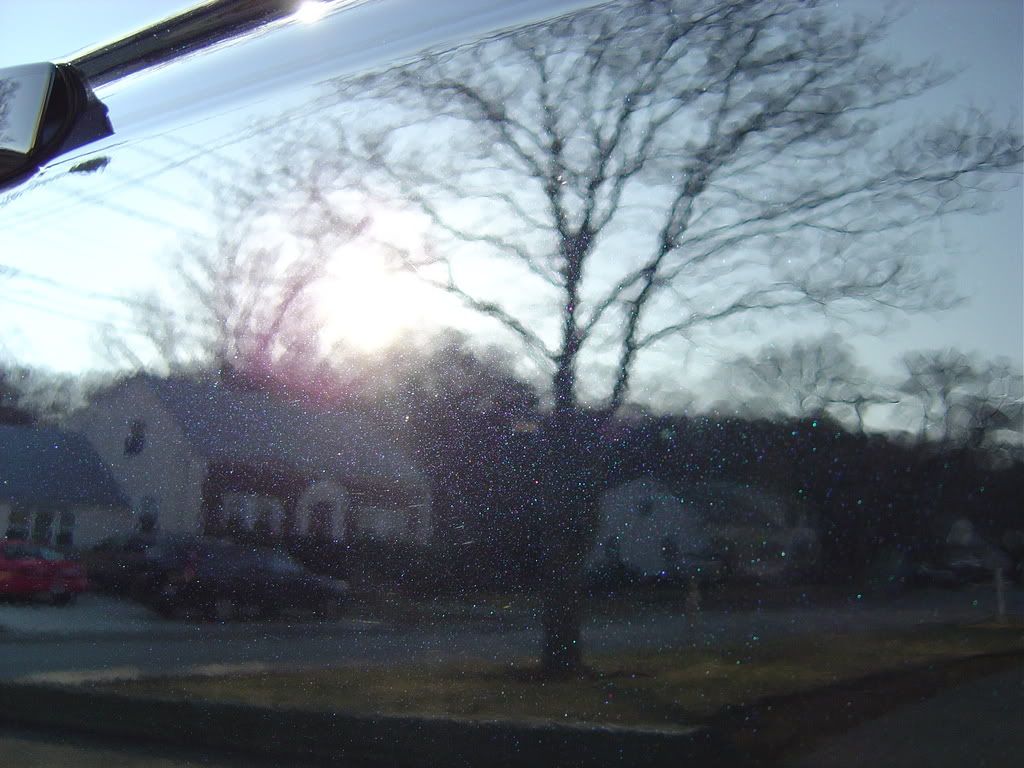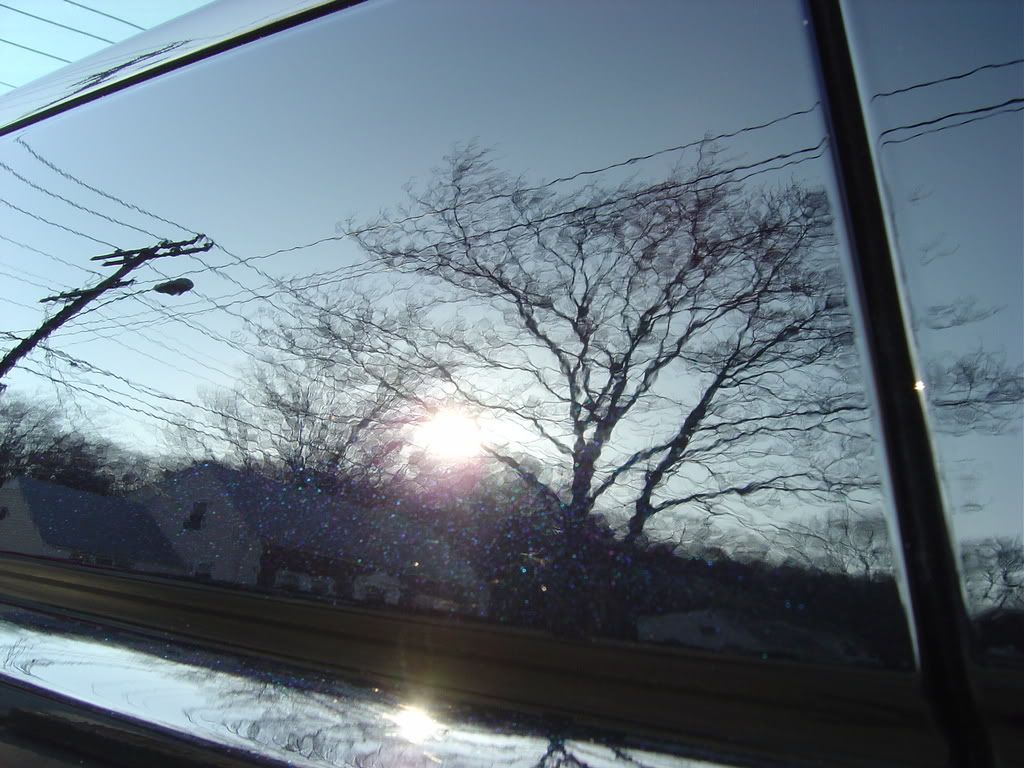.
I detailed this Acura TL on Easter weekend for a fellow Autopian. He had me detail his black Acura RSX last year, but unfortunately it was involved in an accident and the car was totaled. This TL was bought to replace it and was in need of some TLC.
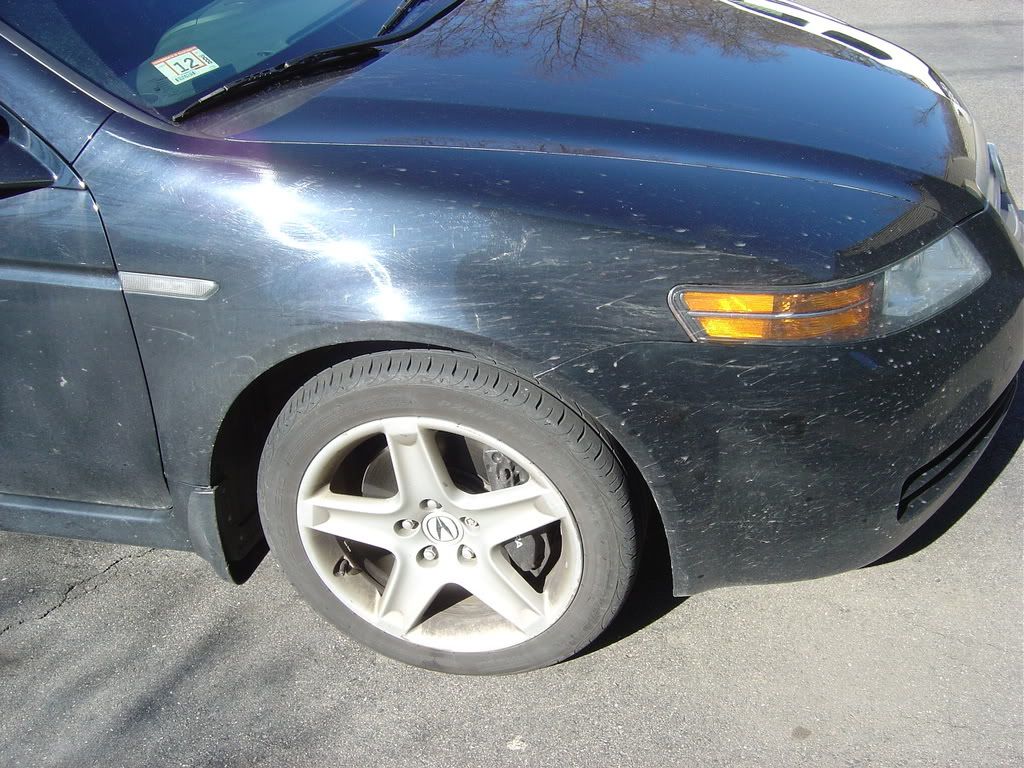
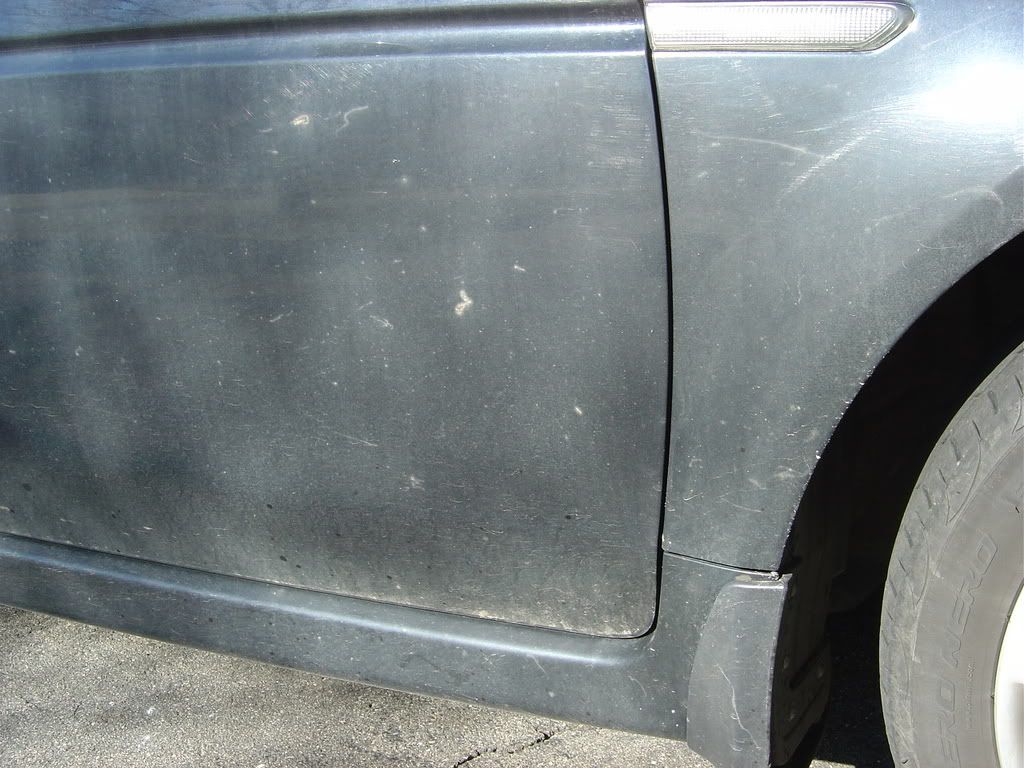
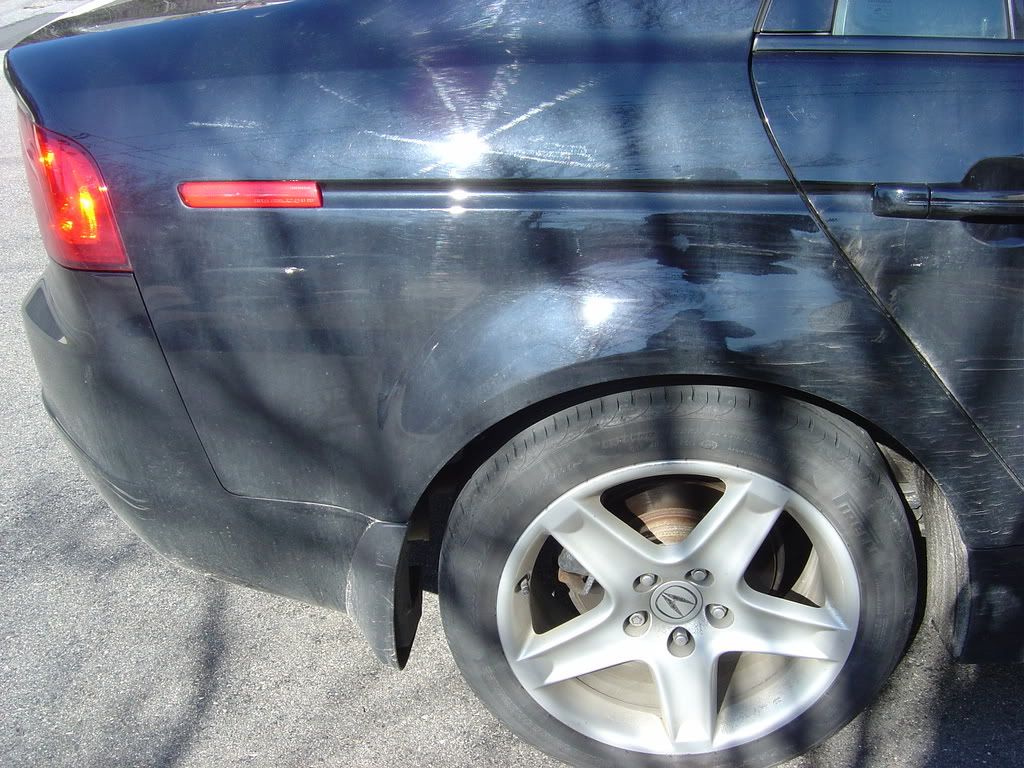

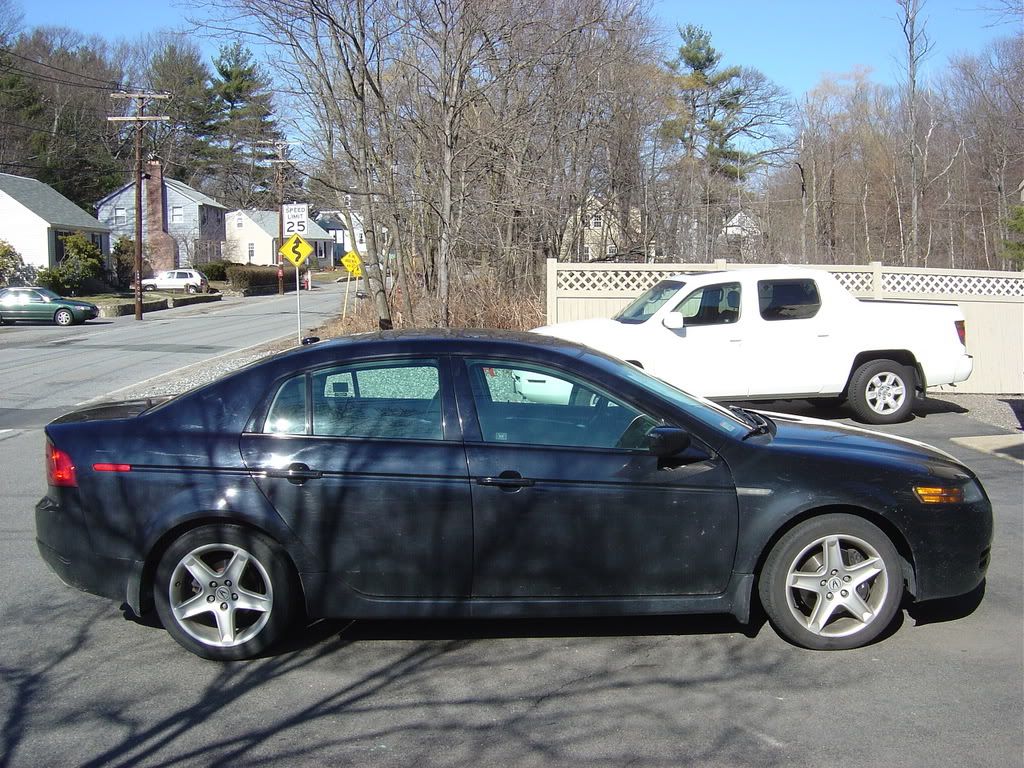
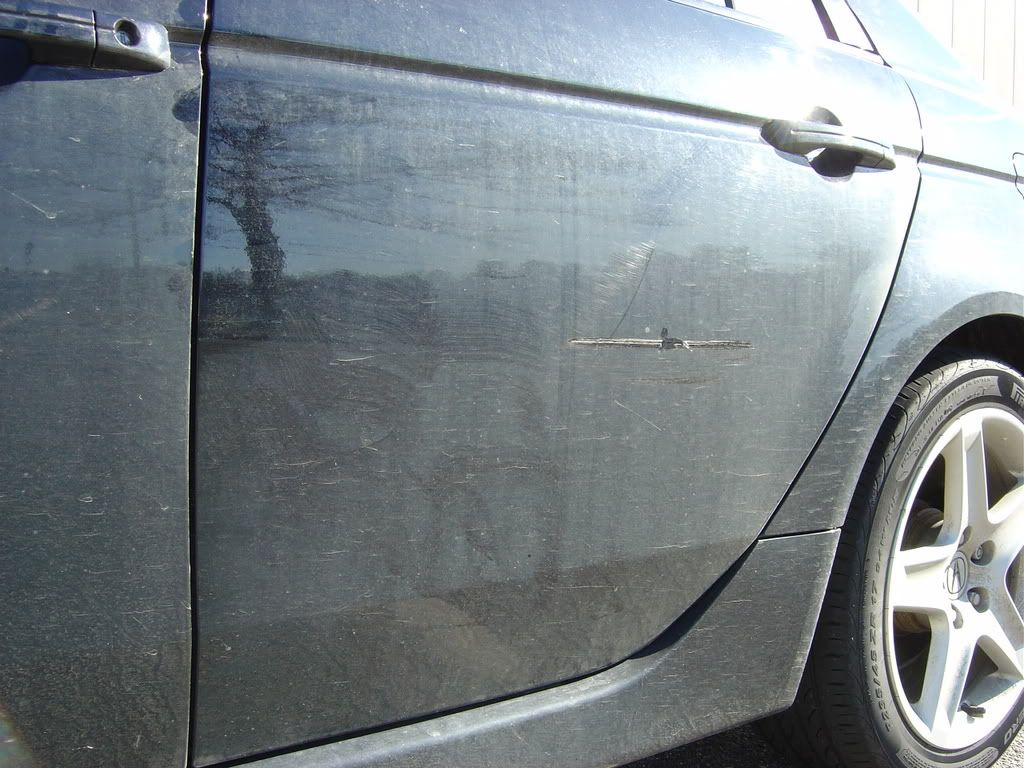
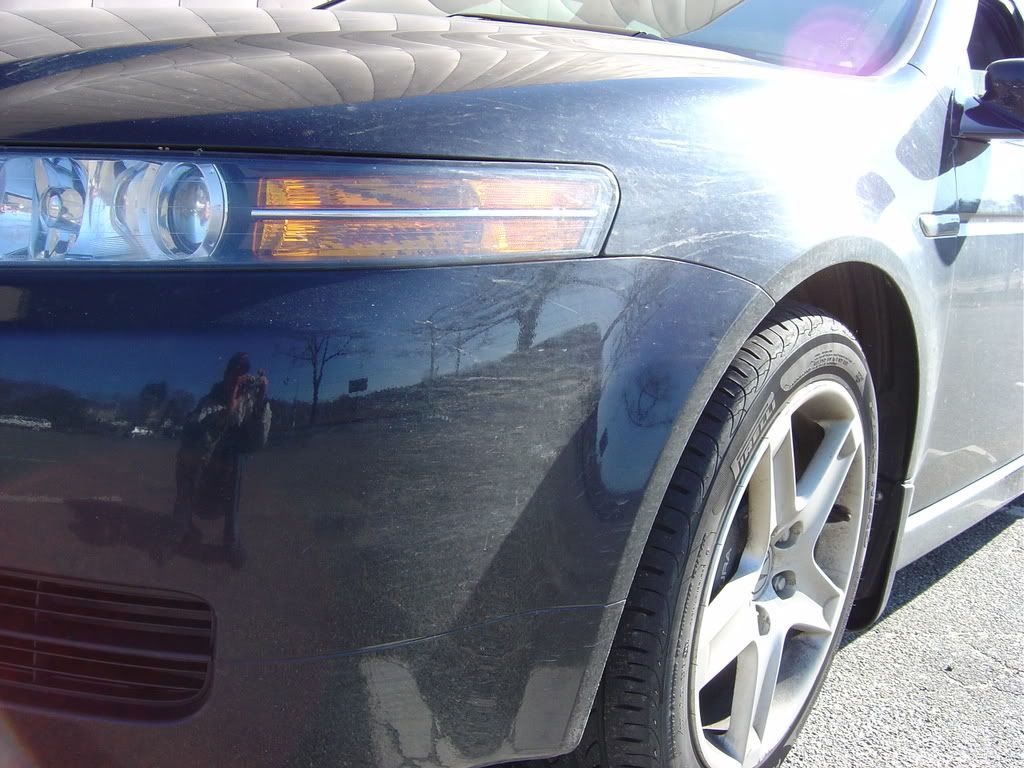
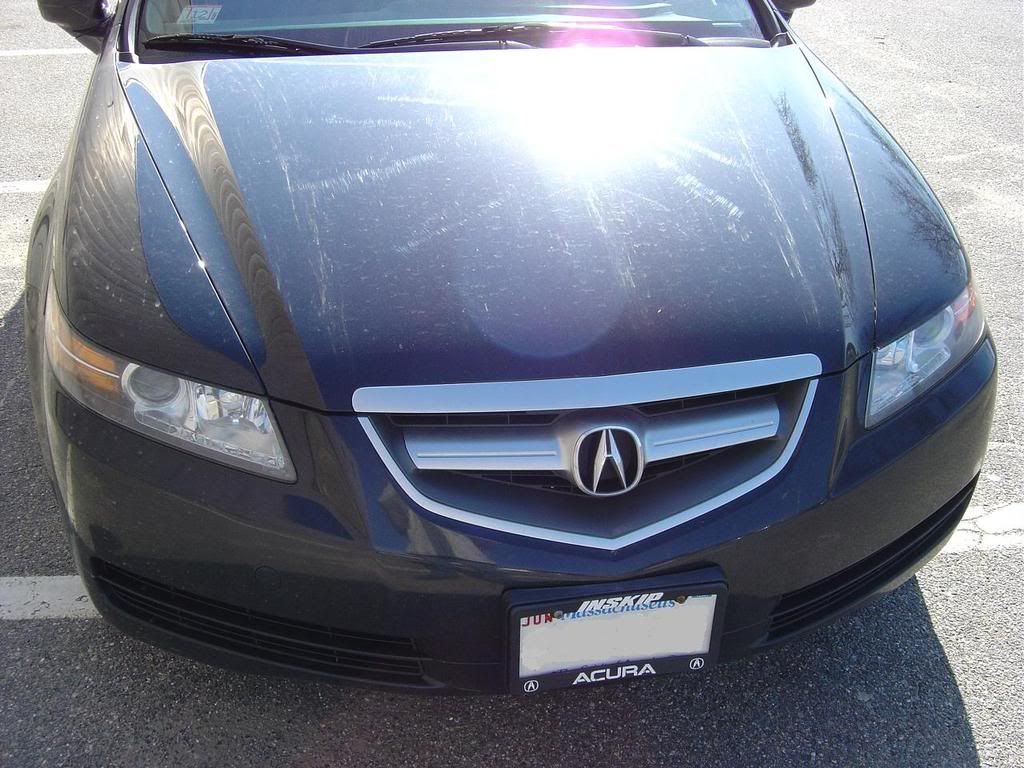
When I first looked at the car, it had a pretty thick layer of dirt on it, so it actually didn’t look that bad. Above is what the car looked like when it arrived at my house. ^^
Everything changed pretty quickly after I washed the car! All of the imperfections magically appeared and I knew I was in for a time consuming detail. After the wash, I could see and feel that the paint was highly contaminated. It required almost 2 hours of claying to remove all of the embedded particles. The car was washed again, dried and wiped down with a body solvent to remove any silicone, oils or previous waxes that may interfere with the polishing process.
.
I detailed this Acura TL on Easter weekend for a fellow Autopian. He had me detail his black Acura RSX last year, but unfortunately it was involved in an accident and the car was totaled. This TL was bought to replace it and was in need of some TLC.








When I first looked at the car, it had a pretty thick layer of dirt on it, so it actually didn’t look that bad. Above is what the car looked like when it arrived at my house. ^^
Everything changed pretty quickly after I washed the car! All of the imperfections magically appeared and I knew I was in for a time consuming detail. After the wash, I could see and feel that the paint was highly contaminated. It required almost 2 hours of claying to remove all of the embedded particles. The car was washed again, dried and wiped down with a body solvent to remove any silicone, oils or previous waxes that may interfere with the polishing process.
.


